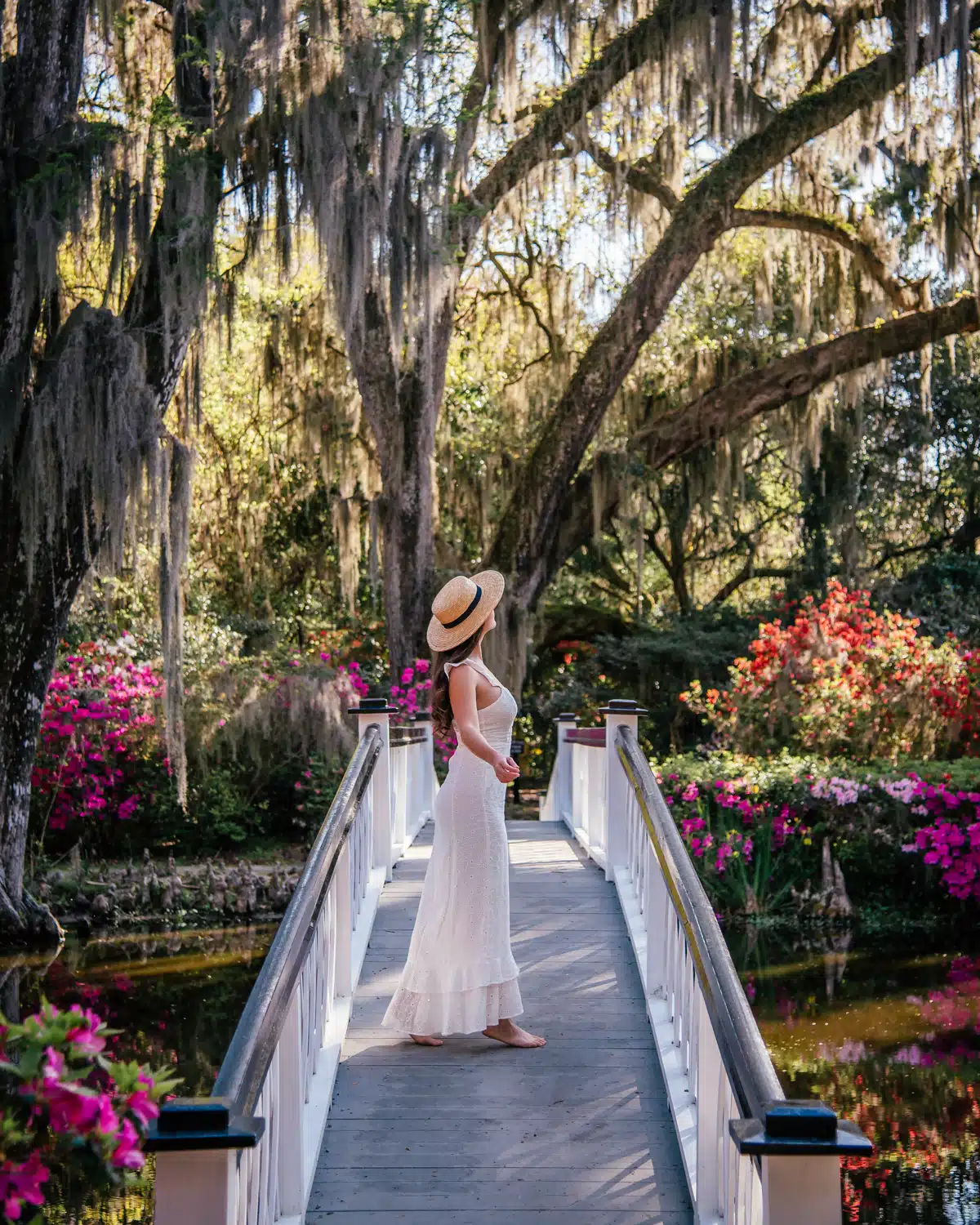
If you’re looking for the best plantations in Charleston, this post is for you!
I’ve visited several plantations in this gorgeous city on my quest to find all the most beautiful spots in Charleston. And I’ve got to say, there are some incredibly epic plantations in the Charleston area. While some have shaped Charleston’s history from the 17th century, others are much newer (but no less awesome!).
You can see some of these plantations in the video I made from my trip to Charleston!
[If you don’t see a video player below, you may need to disable your ad blocker!]
Each of these six best plantations in Charleston has something unique to offer. Here I’ll go into detail about what you can expect to find at these plantations. You’ll find hours and admission info at the end of each plantation.
Also, since I’m a photographer, I include my favorite photo spots at each of these places so that you don’t miss them when you’re visiting!
You can also check out this post for my full list of the prettiest places in Charleston!
Magnolia Plantation
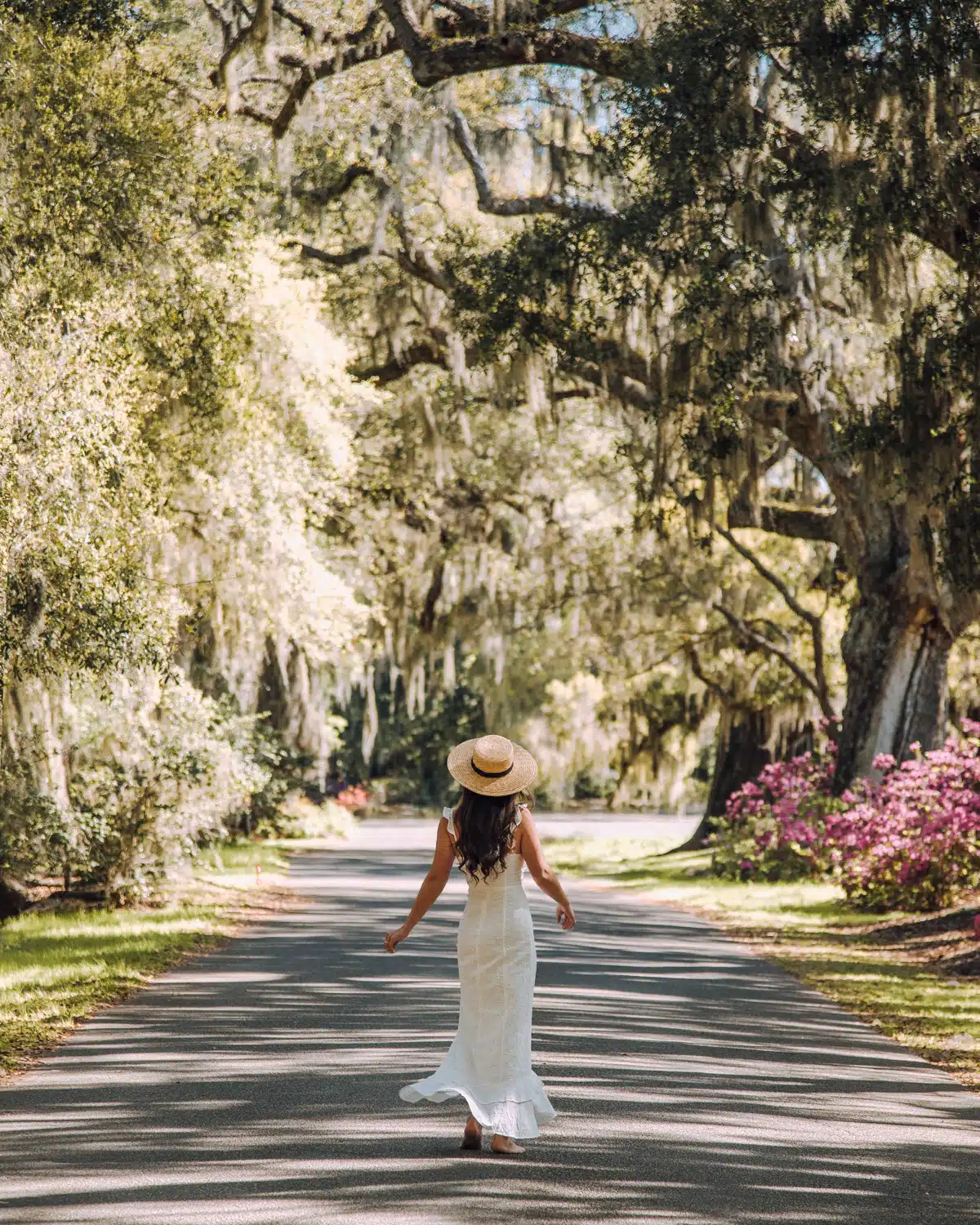
Magnolia Plantation is the most visited plantation in Charleston. Travel and Leisure has also named it one of the most beautiful gardens in America. With its abundant beauty, I’ve placed it first on this list of the best Charleston plantations.
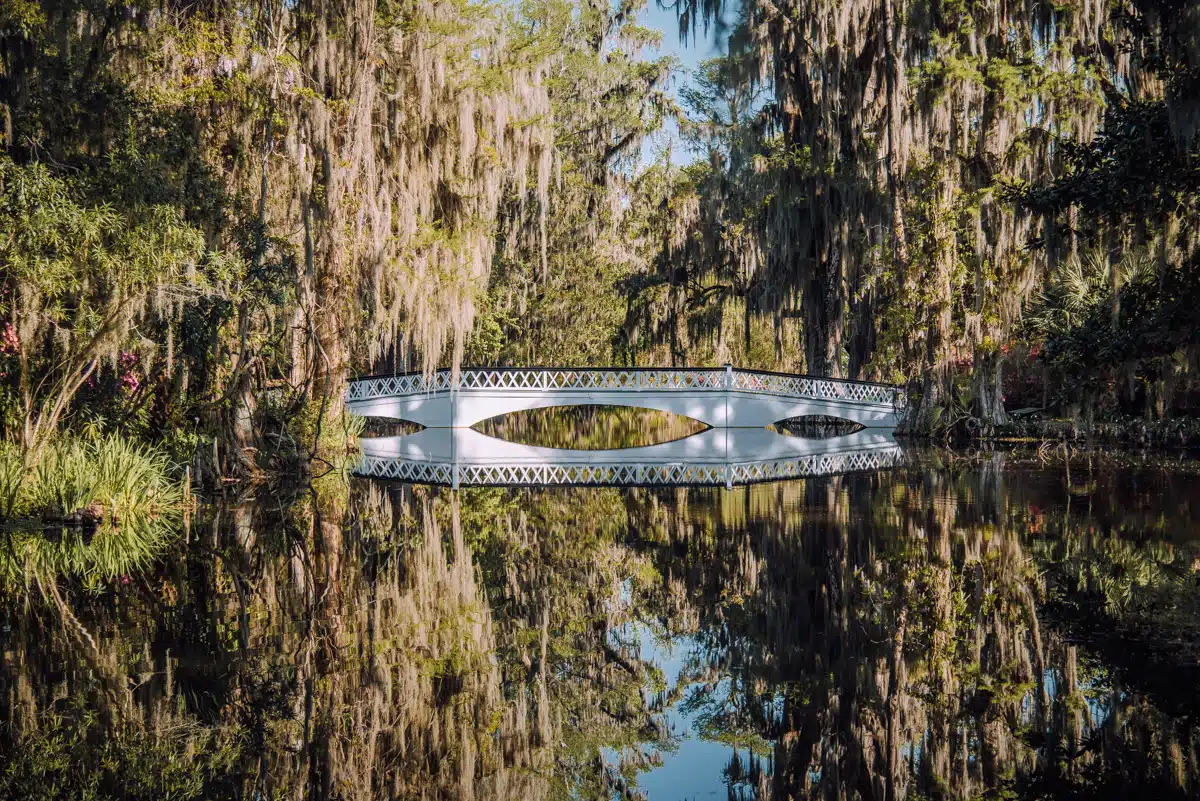
I hope the photo above gives you a glimpse into just how beautiful it is! We got to see this undisturbed, perfect reflection of the White Bridge at Magnolia Plantation early on a Sunday morning.
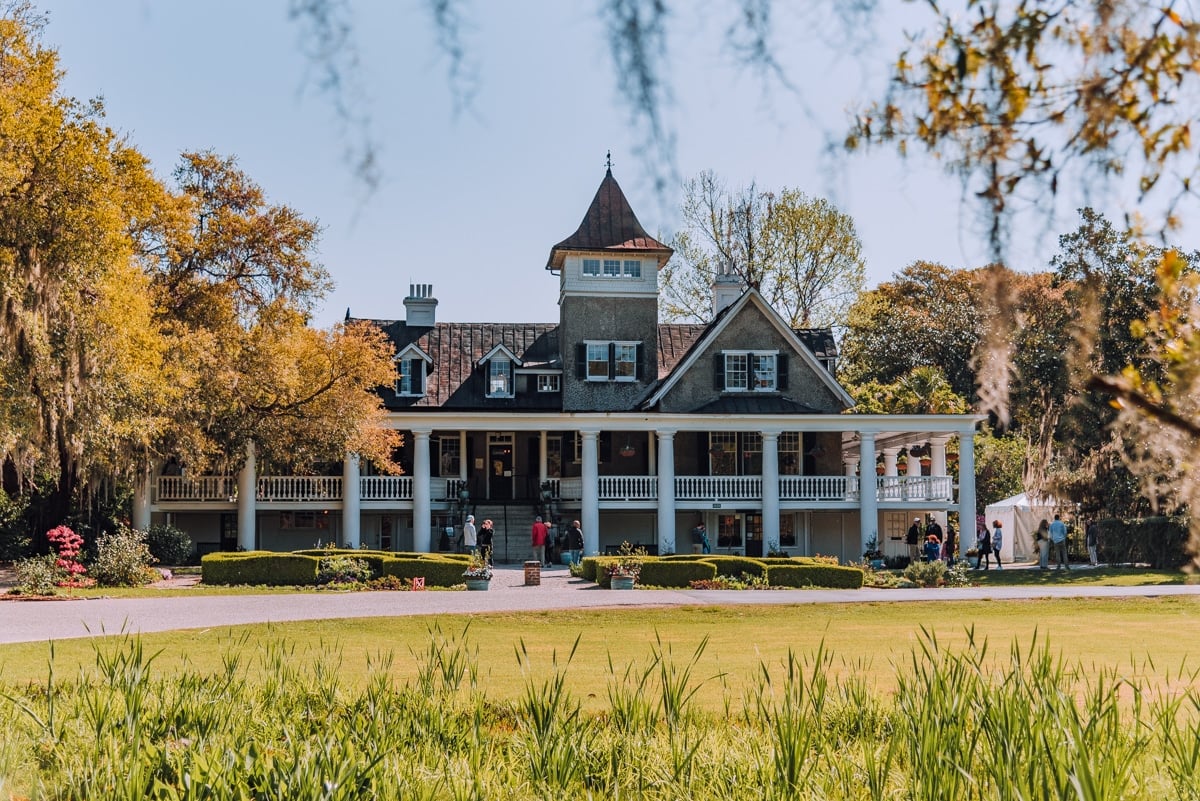
The plantation has been owned by the Drayton Family since 1676 when Thomas and Ann Drayton arrived in Charles Towne, which was an English colony at the time. (Of course, over time, the name has changed to Charleston!) Ann and Thomas named it the Magnolia Plantation because they were descendants of the Magnolia Family.
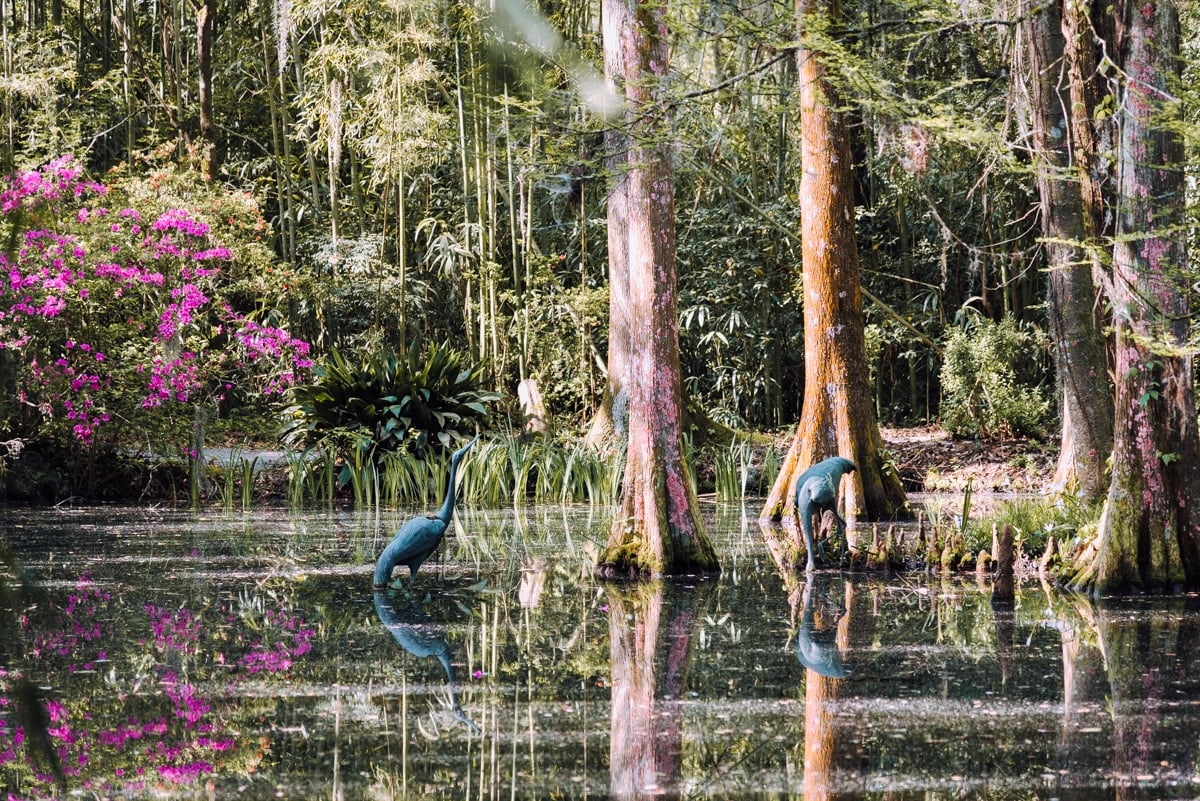
Like most American plantations at the time, Magnolia Plantation used enslaved people to work on their land. Magnolia Plantation educates visitors about this through their From Slavery to Freedom tour.
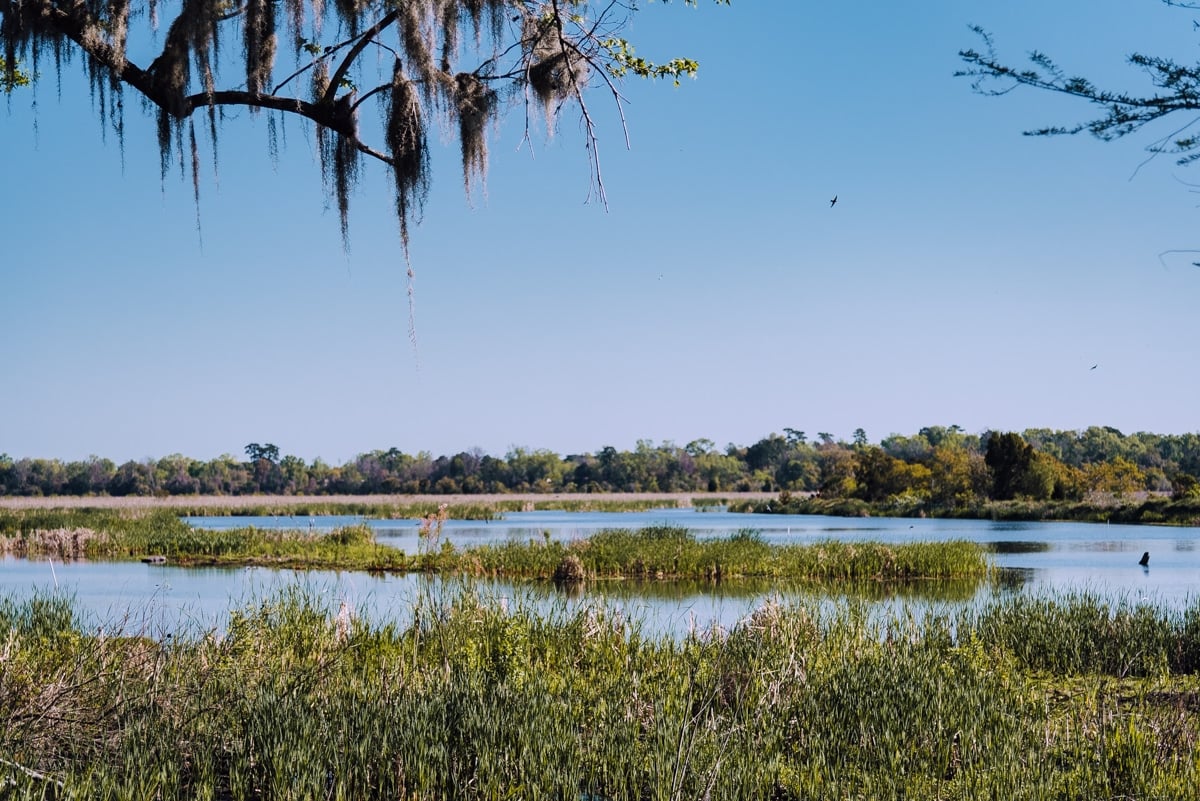
On the tour, your guide shares the history of the Magnolia Plantation and what life was like for enslaved men, women, and children who worked there. The guide discusses the jobs that slaves were forced to do, the treatment they suffered under, and how this has left marks on their culture to this day.
There are also four slave cabins that represent different times that were significant in African American history:
- The 1850s when people were still enslaved.
- The 1870s after the emancipation proclamation.
- The 1920s when the Jim Crow laws were in place.
- The Civil Rights Movement of the 1960s.

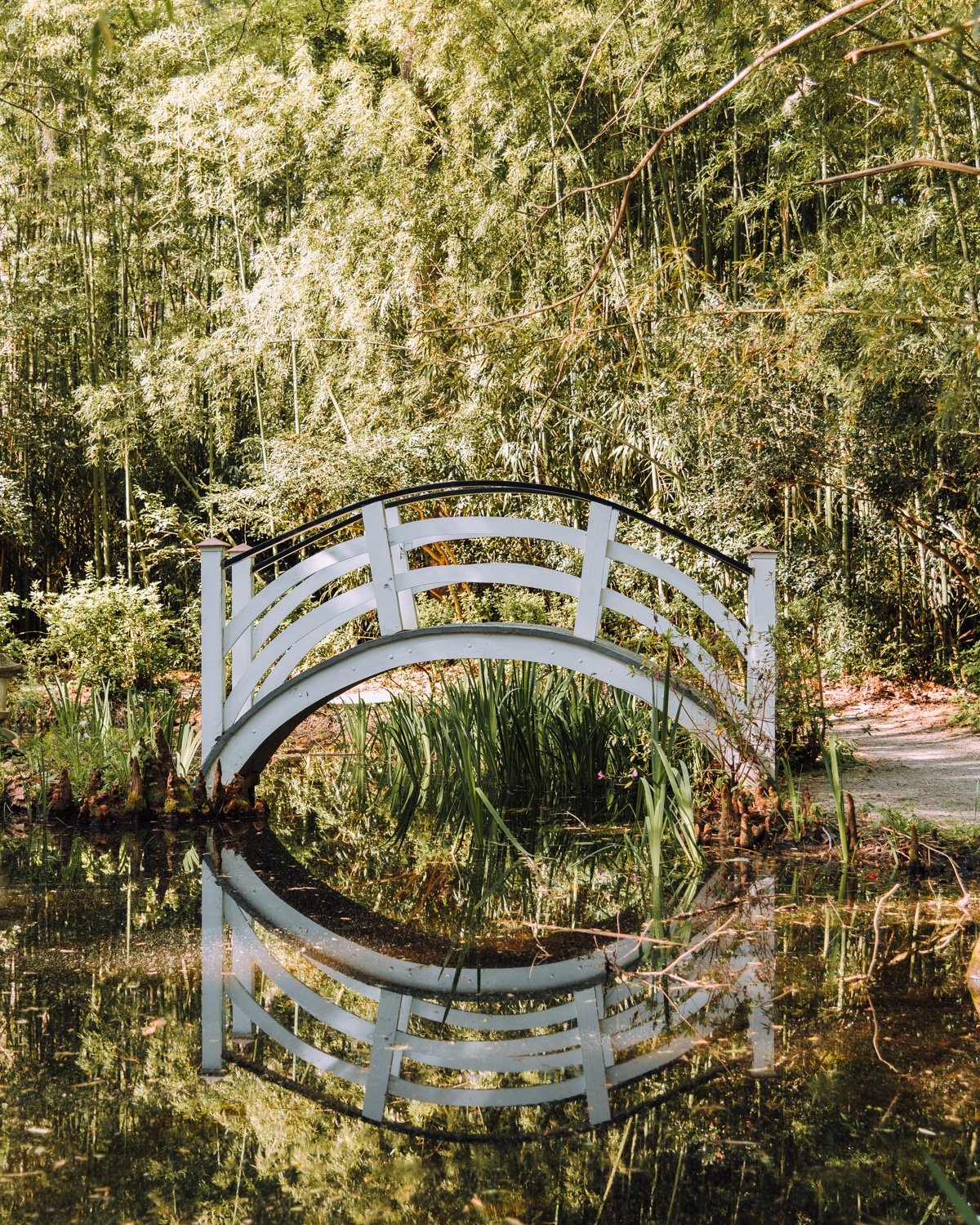
Besides learning about the history of slavery here, you can walk through the gardens. Magnolia Plantation is the oldest public garden in America and the oldest public tourist site in the region.
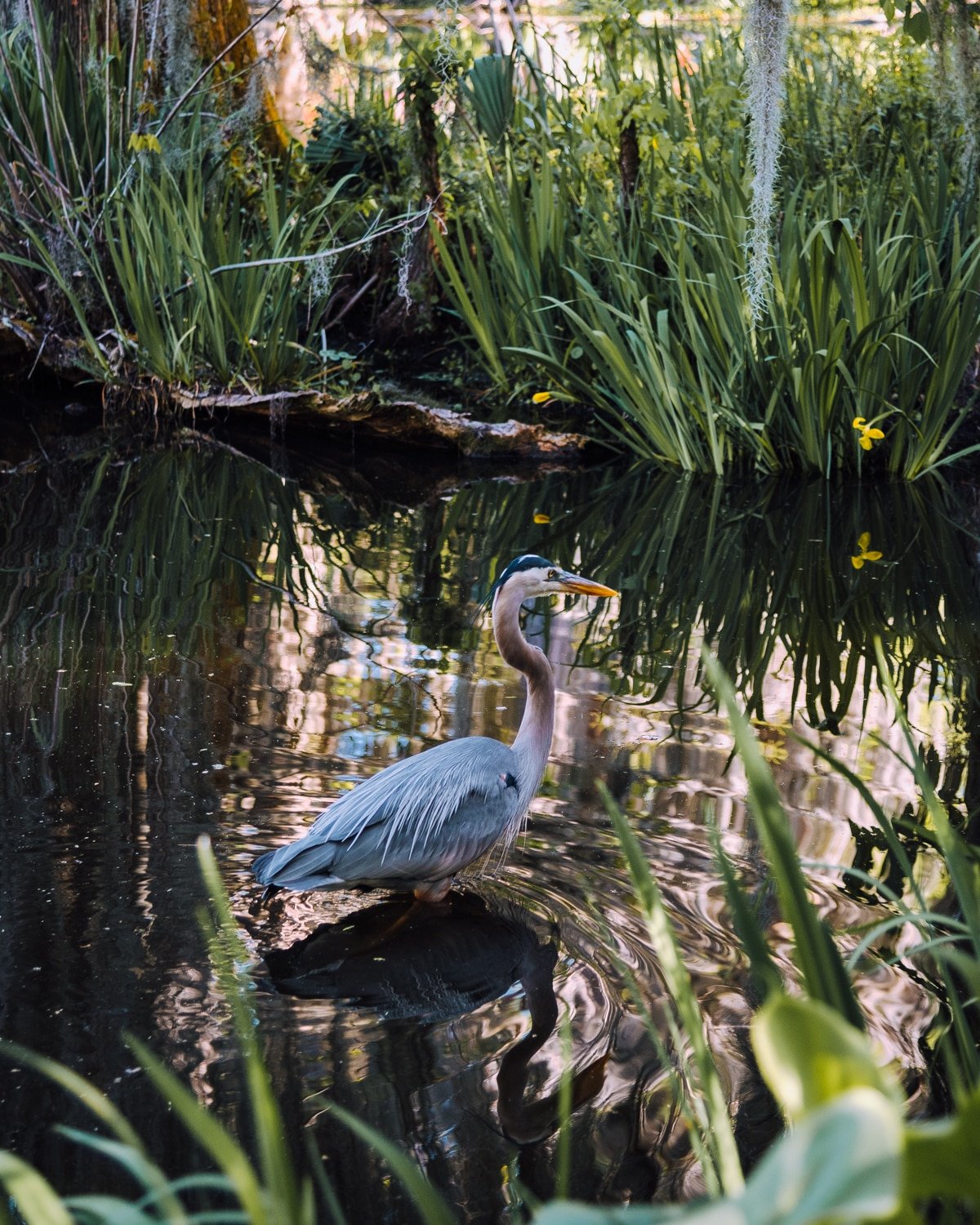
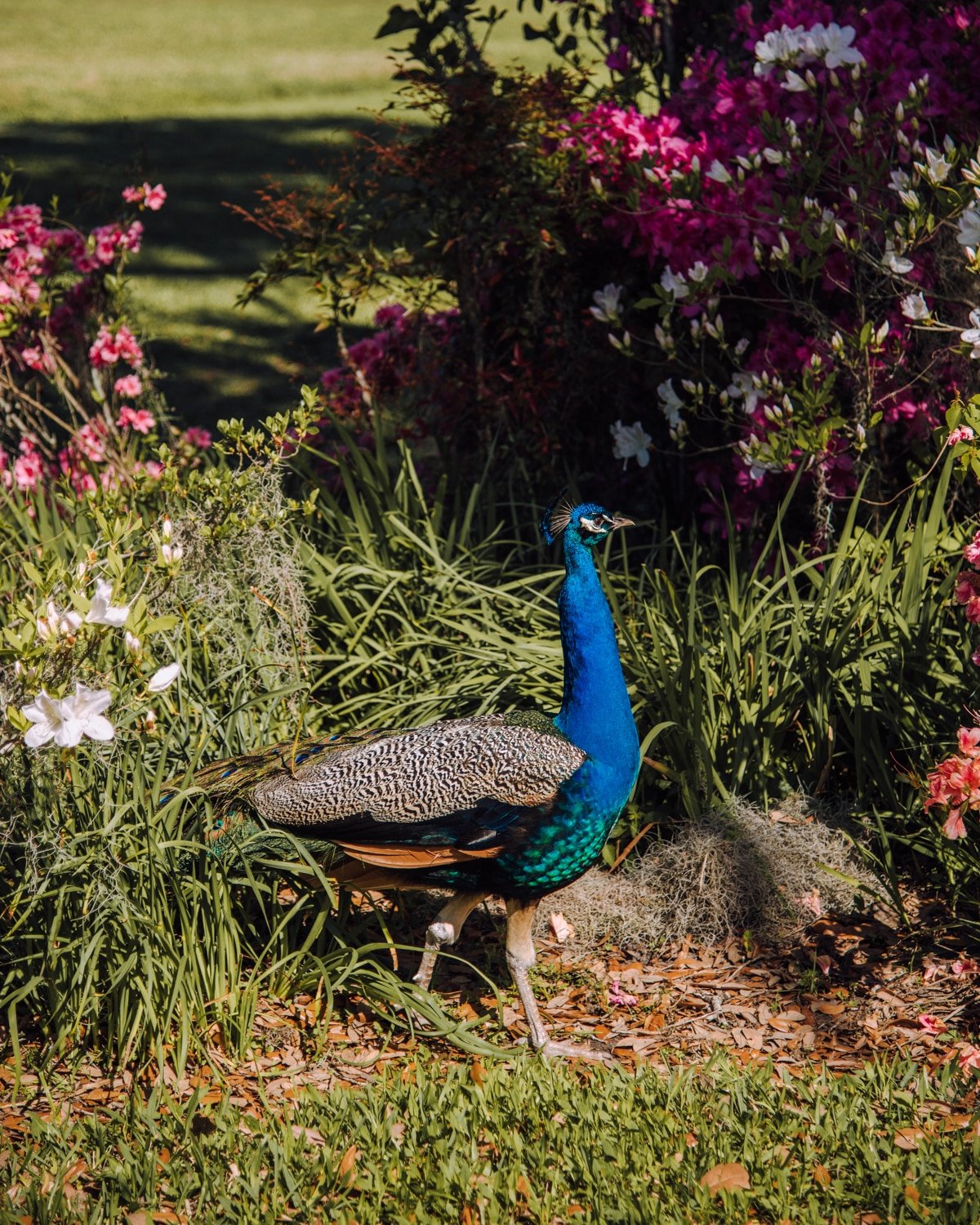
They also have a Wildlife Center that you can visit to see many native species and even some rescued animals. Expect to see alligators, turtles, egrets, or even snakes and eagles around the area.
Hours & Admission Info
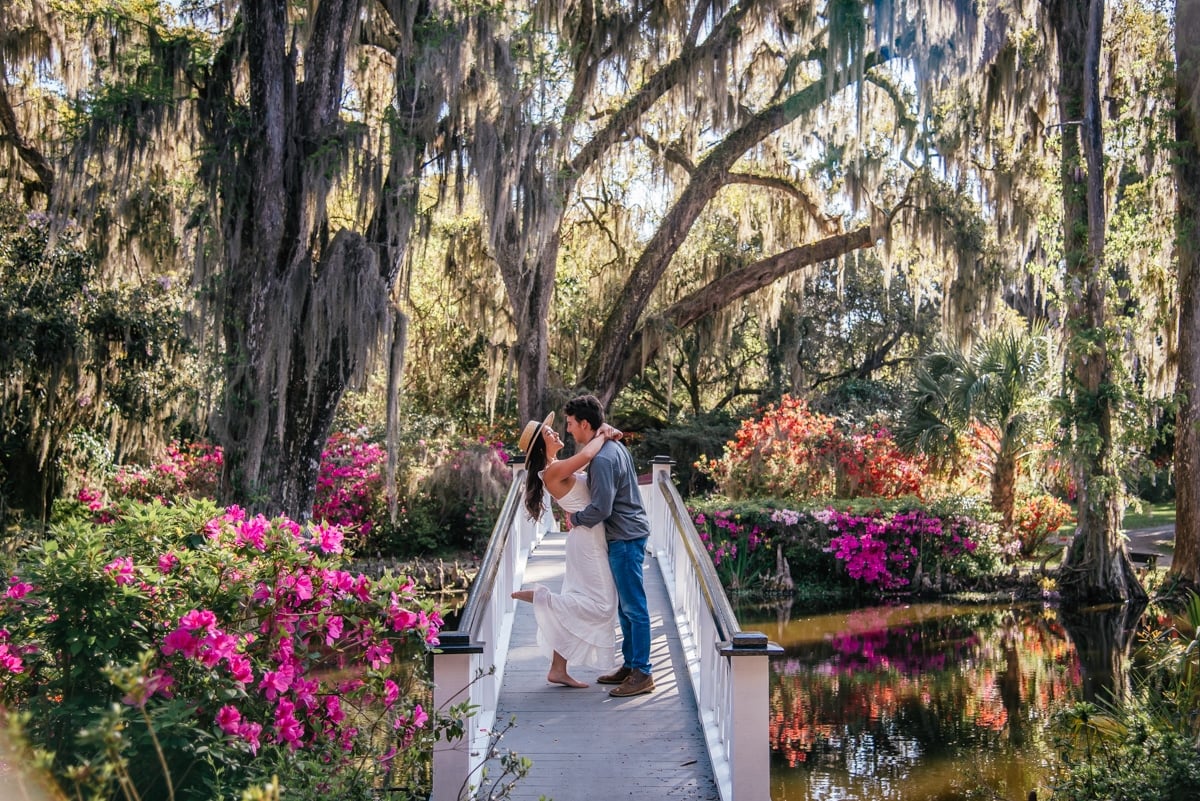
At the time of writing, Magnolia Plantation is open from 9:00 am to 5:00 pm, seven days a week. (Winter hours are thirty minutes later).
Admission prices depend on the type of tours you want to take, with discounts given to seniors, military personnel, children 6-12, and children 5 and under:
- $29 for adults
- $26 for seniors and military personnel
- $15 for children aged 6-12
- $3 for children 5 and under
Check out this page for complete information on pricing, particularly if you want to add several tours to your visit. With the exception of Garden Admission + Audobon Swamp, guests must purchase their tickets on the day of tours on site.
Best Photo Spots at Magnolia Plantation
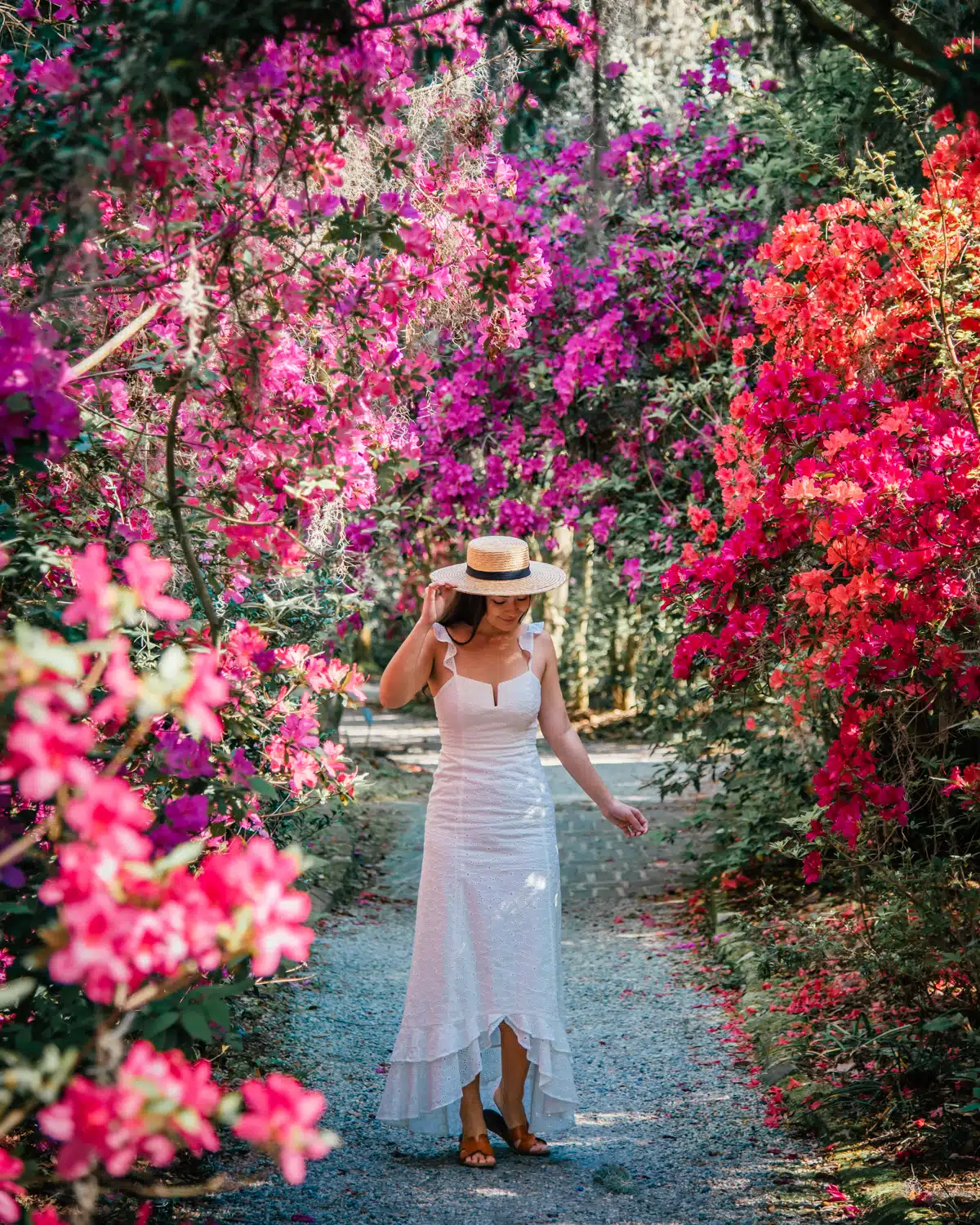
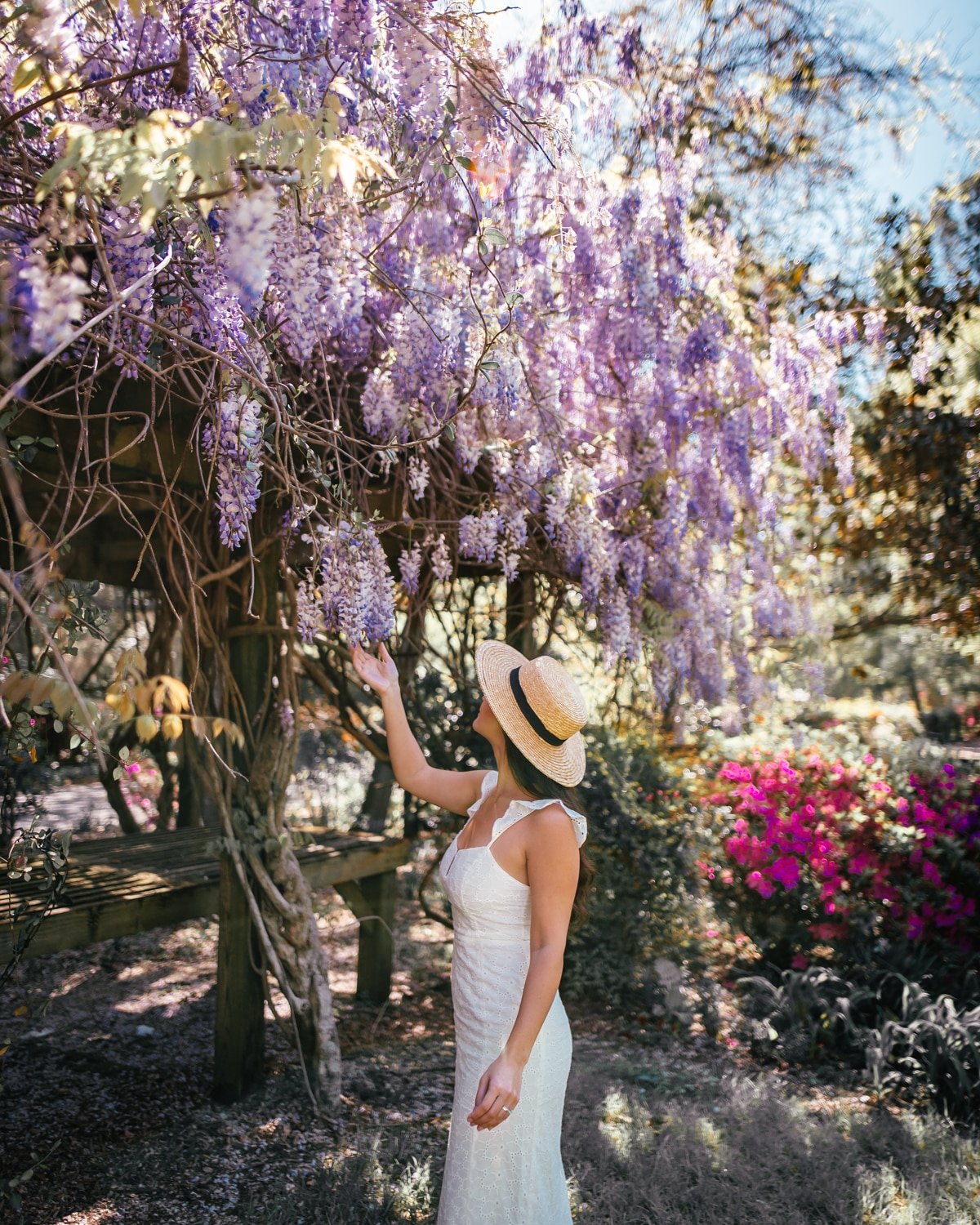
This is one of the best plantations in Charleston for photos! Magnolia Plantation has the most abundant photo spots out of all the plantations on this post. When the azaleas are blooming in early April, the whole plantation comes to life with color! Even though spring is peak bloom season at Magnolia Plantation, there’s actually always something in bloom here!
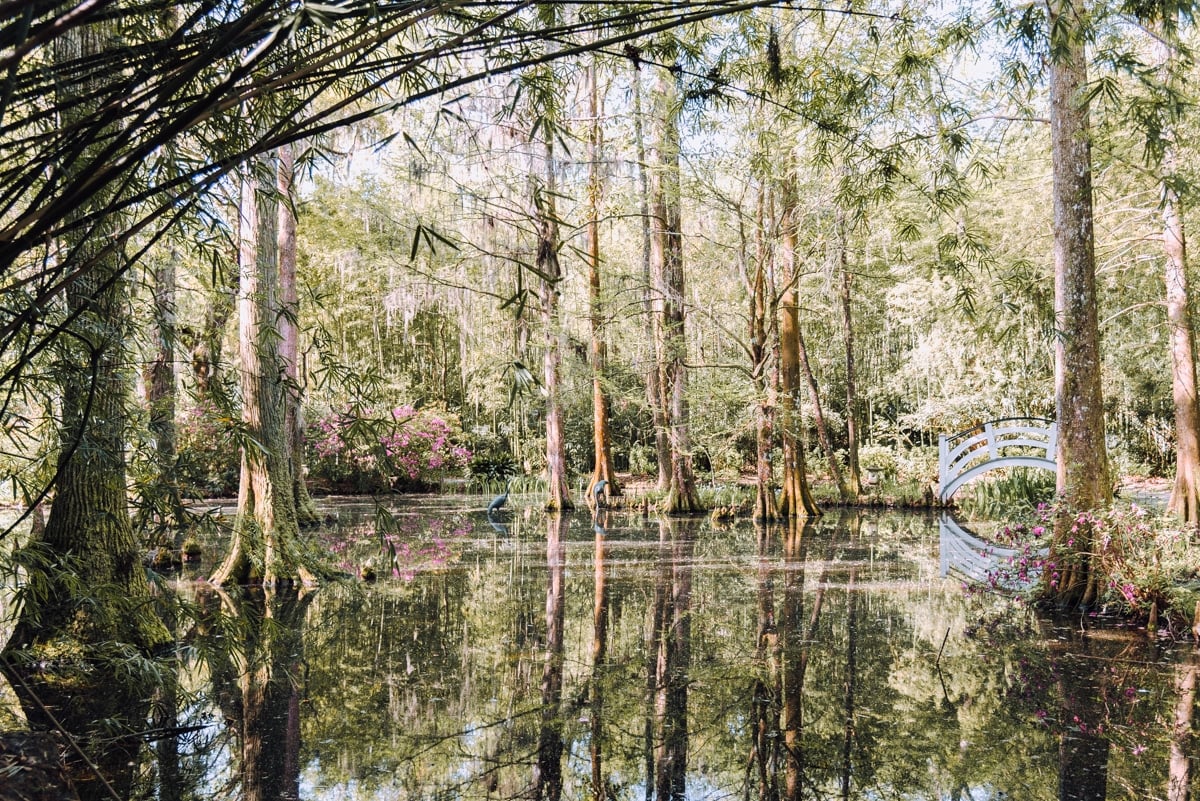
You’ll find so many picture-perfect moments here. My favorites include:
- the long white lattice bridge (pictured above and in the first photo of this article)
- the azalea garden
- Oak Avenue
- the bamboo pond bridge
- Audubon swamp garden
Boone Hall Plantation
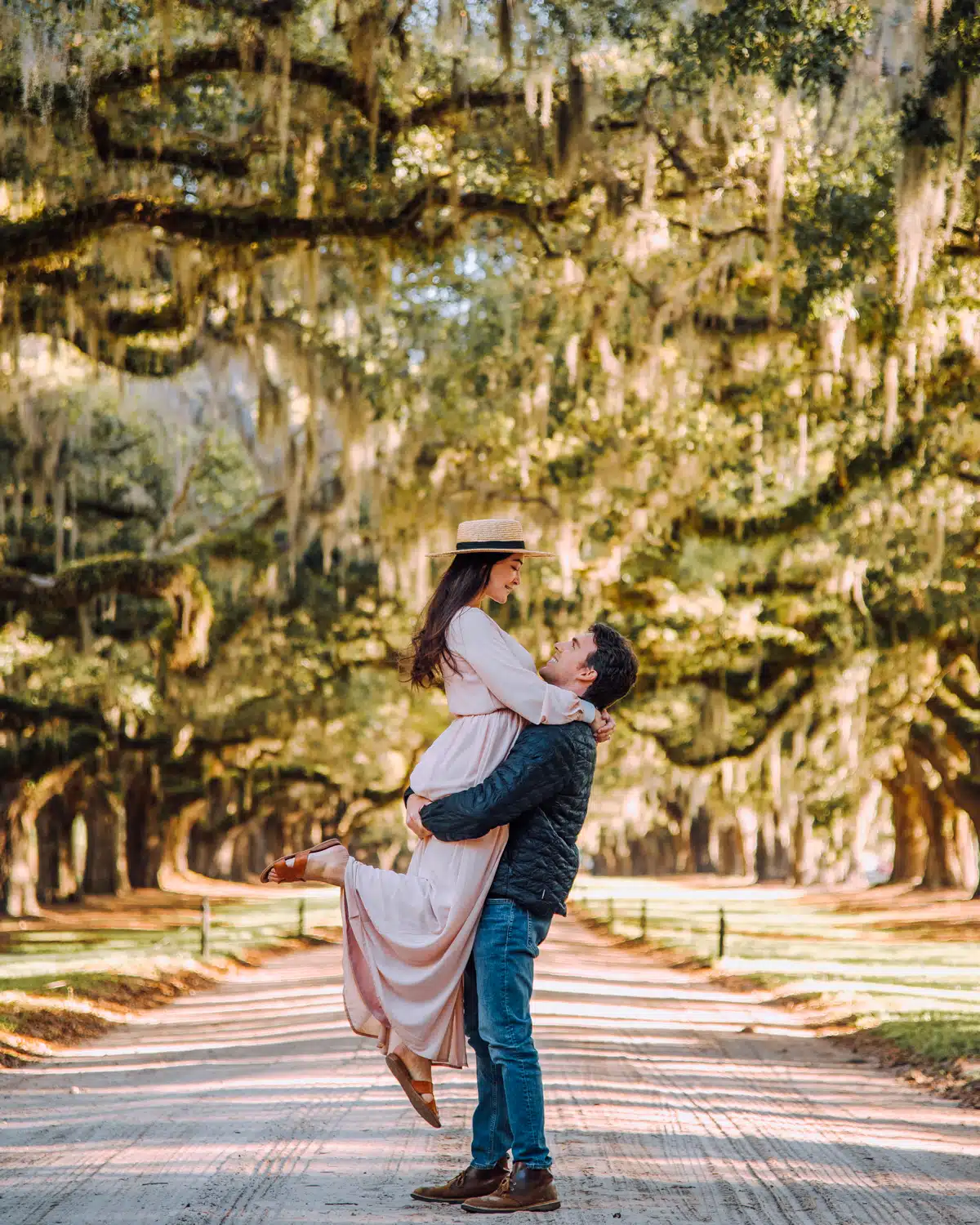
Boone Hall is another one of the best plantations in Charleston. You will find Boone Hall Plantation and Gardens in the Mount Pleasant area of Charleston.
The plantation dates back to 1681. Englishman Major John Boone named this plantation after his family. He was born in England but settled in Charleston to open his plantation there.
Boone Hall Plantation has earned a reputation for its stunning oak trees. Boone’s son actually planted these trees in 1743. Nowadays, the moss-covered oak trees curl together and meet in the middle creating a natural corridor to the main building of the plantation. Because of this attraction and Boone Hall Plantation’s efforts to recognize its heritage, USA Today has named it the number one plantation in the Charleston area.
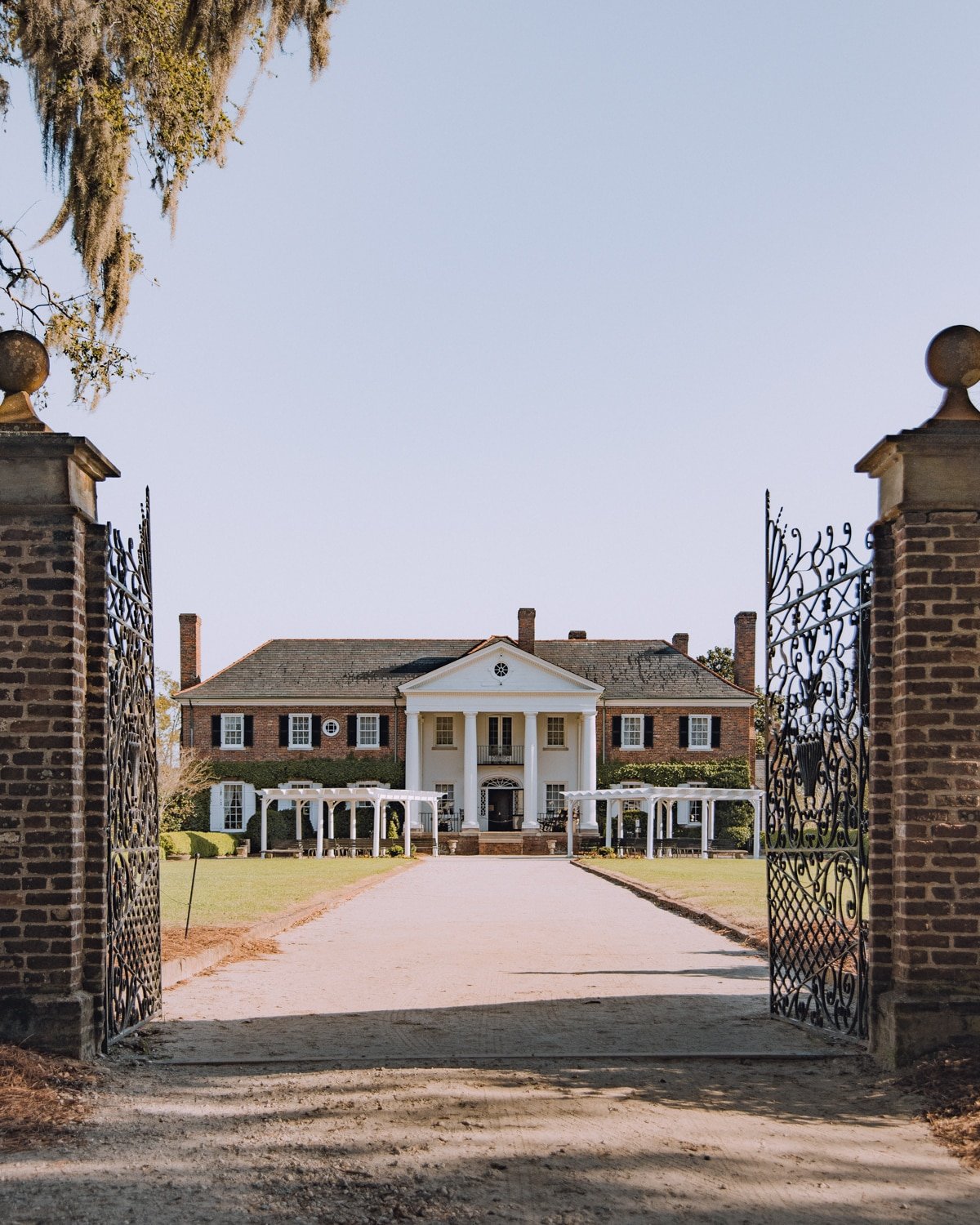
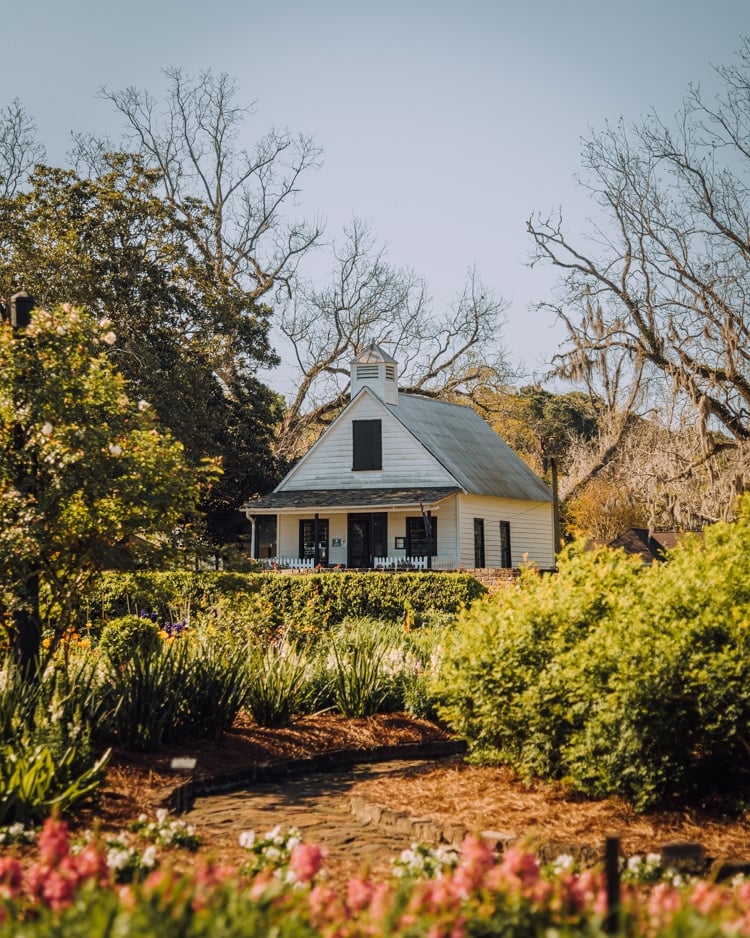
Boone Hall Plantation is the best place in the area to learn about Gullah culture. If you’re not familiar with the term, Gullah is the name for the group of African Americans who live in the Lowcountry. They are famous for preserving their culture and language from Africa.
At Boone Hall Plantation, you can see a live presentation of this culture. Descendants of the Gullah people tell the story of their ancestors. This can be moving at times and very interesting as you learn about the music, clothes, and traditions of Gullah culture.
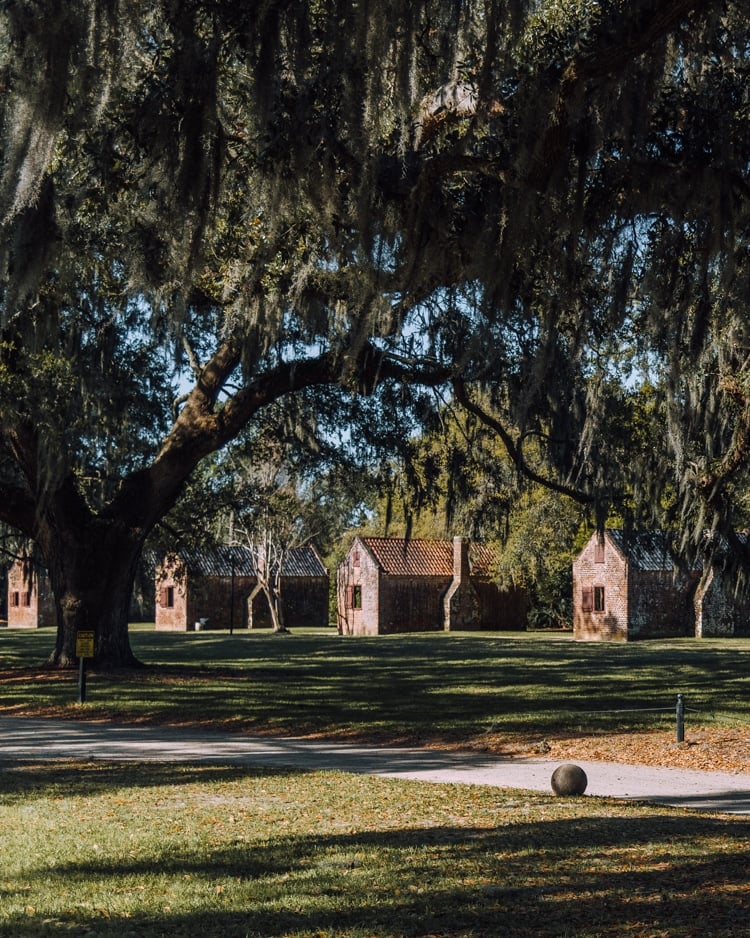
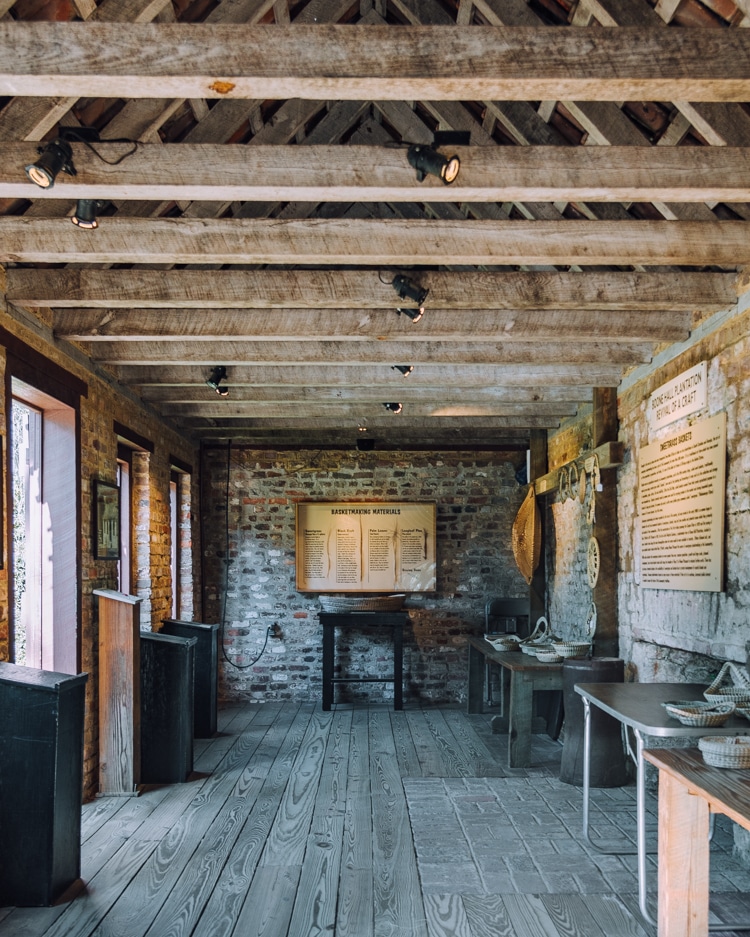
To learn a little more about slave history, you can visit the Black History in America exhibit and listen to the slave history presentation, which is a guided tour that details what slavery was like at Boone Hall.
Visitors also have the opportunity to do a plantation tractor tour. This roughly 40-minute tour takes you around the 738 acres of the plantation. Your guide will explain the history of the plantation and describe how it still acts as a working farm to this day.
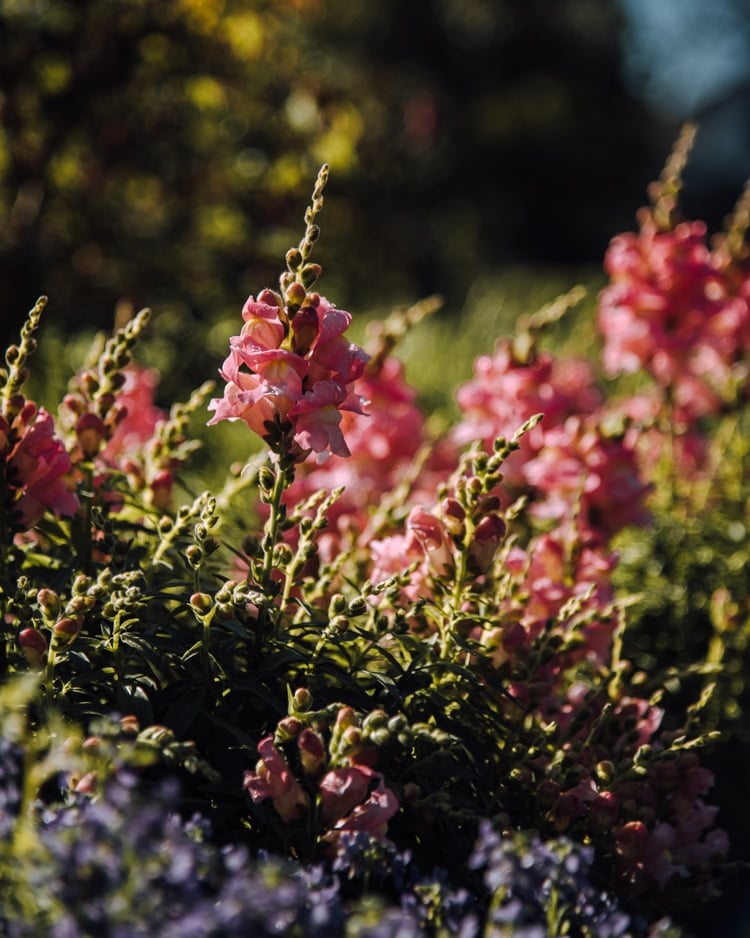
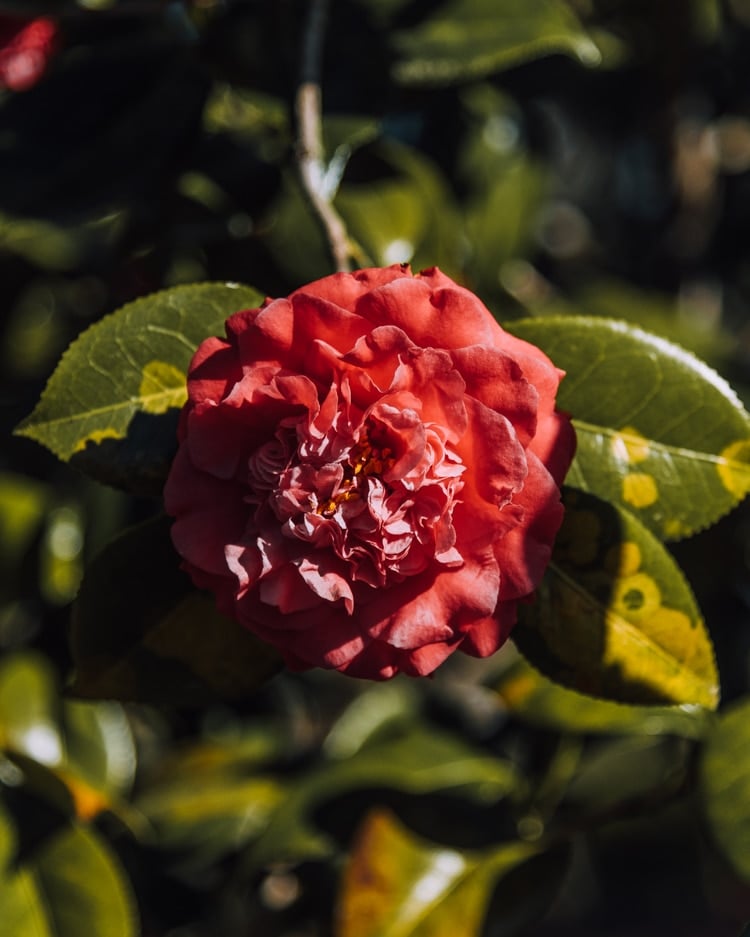
Of course, there are plenty of plants and flowers to see at Boone Hall Plantation. Whatever time of year you visit, you’ll experience a variety of flowers! Look out for the antique roses, which are more than a century old!
Hours & Admission Info
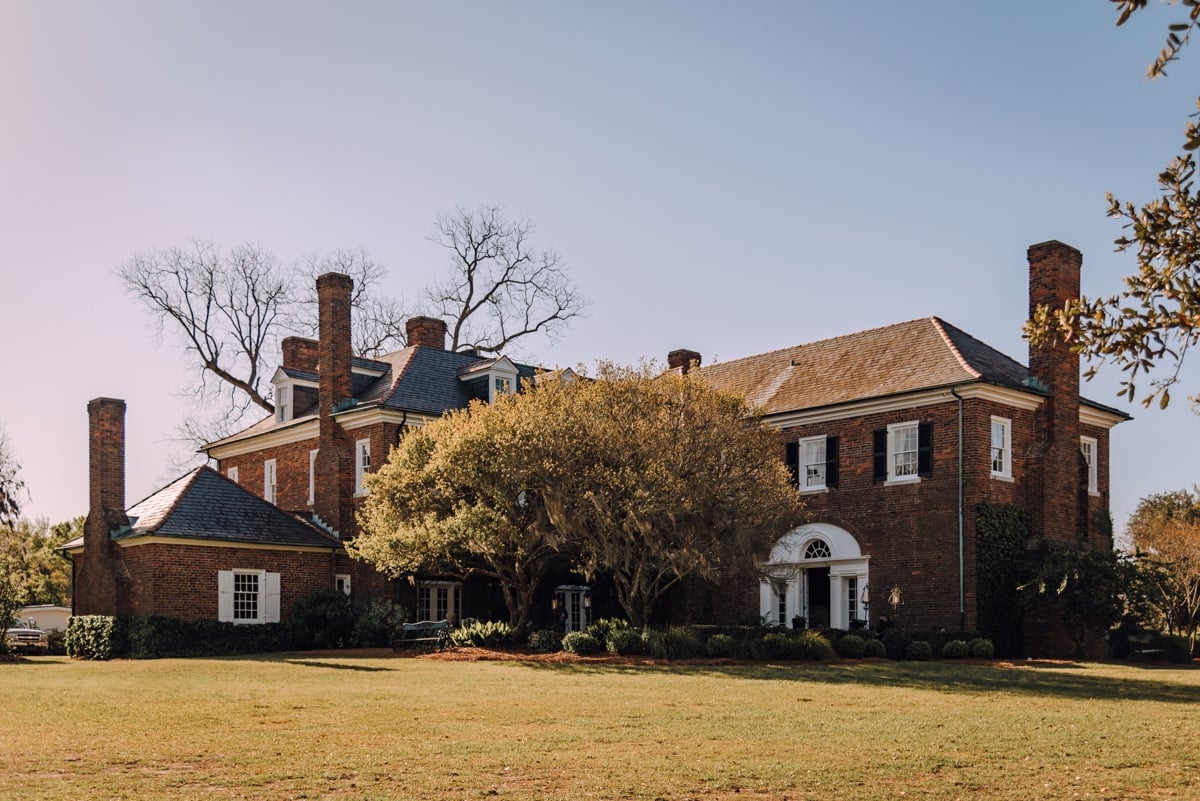
Boone Hall hours are from Monday through Saturday from 9 am to 5 pm. On Sundays, they are open from 12 to 5 pm.
- $28 for adult admission
- $25 for seniors and military personnel
- $12 for children aged 6-12
- free for children 5 and under
Best Photo Spots at Boone Hall
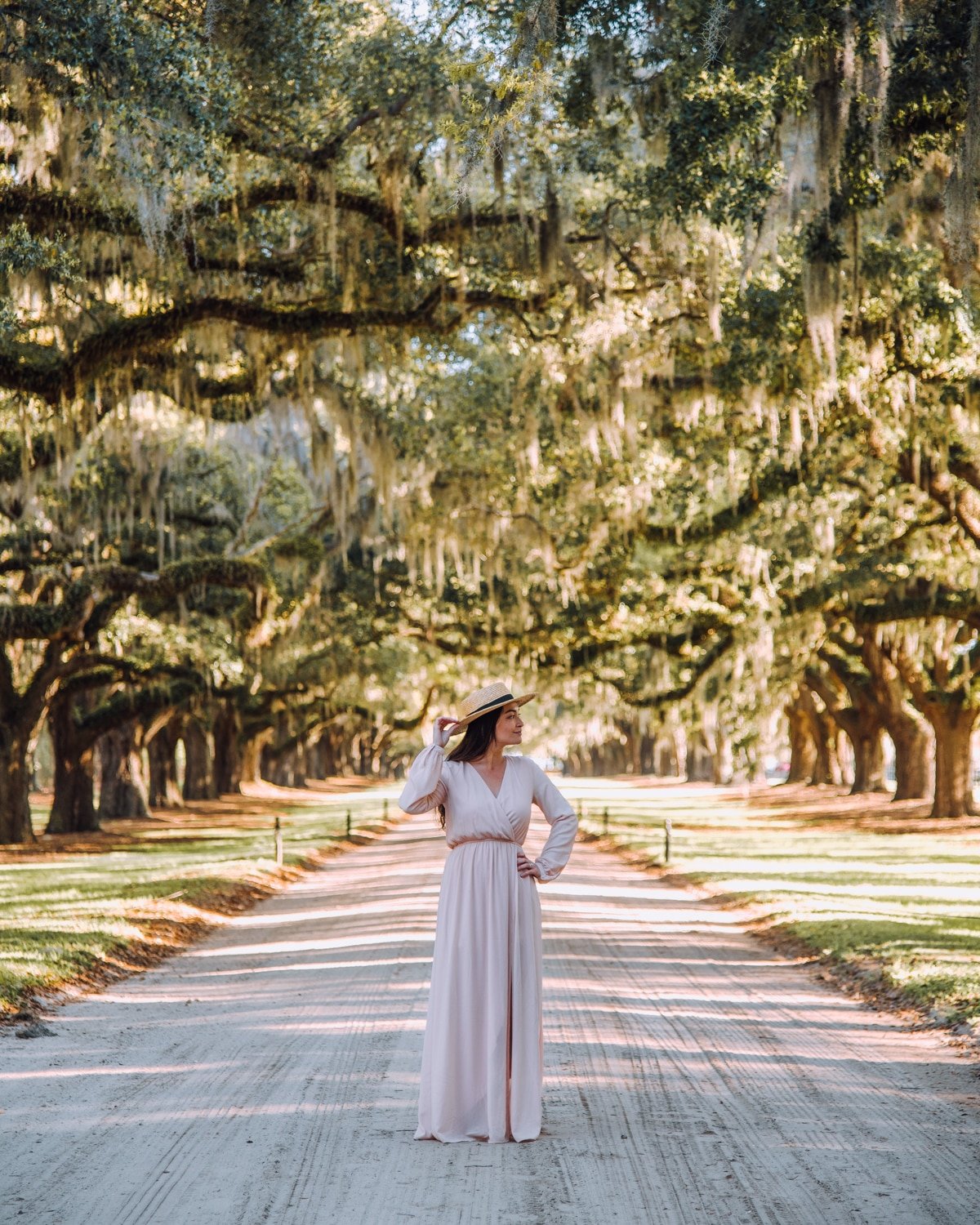
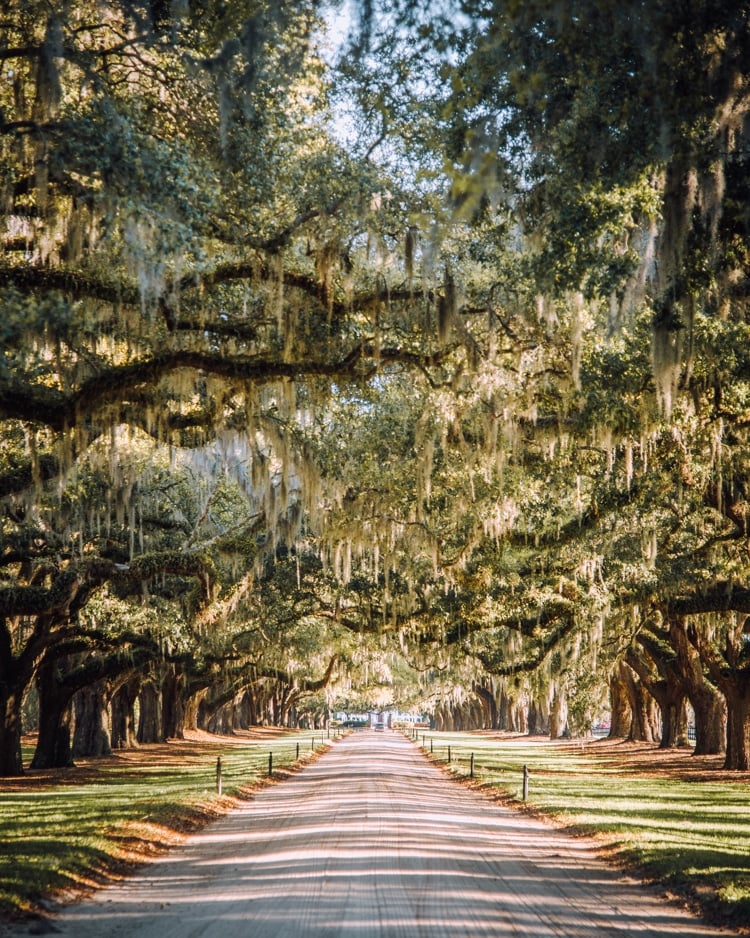
My favorite photo spot here, by far, is their gorgeous Avenue of the Oaks. For those wondering if they could sneak a photo at the Avenue of the Oaks without having to pay, it’s not possible. You pay right at the entry gate before you reach the iconic road.
For the Avenue of the Oaks (or for any time you’re photographing live oak trees on each of the plantations on this list), I recommend a zoom lens. This will allow for lens compression, making the trees appear much more full and lush. I used my 24-120mm lens at full zoom for the above photo. You can see everything in my camera bag here!
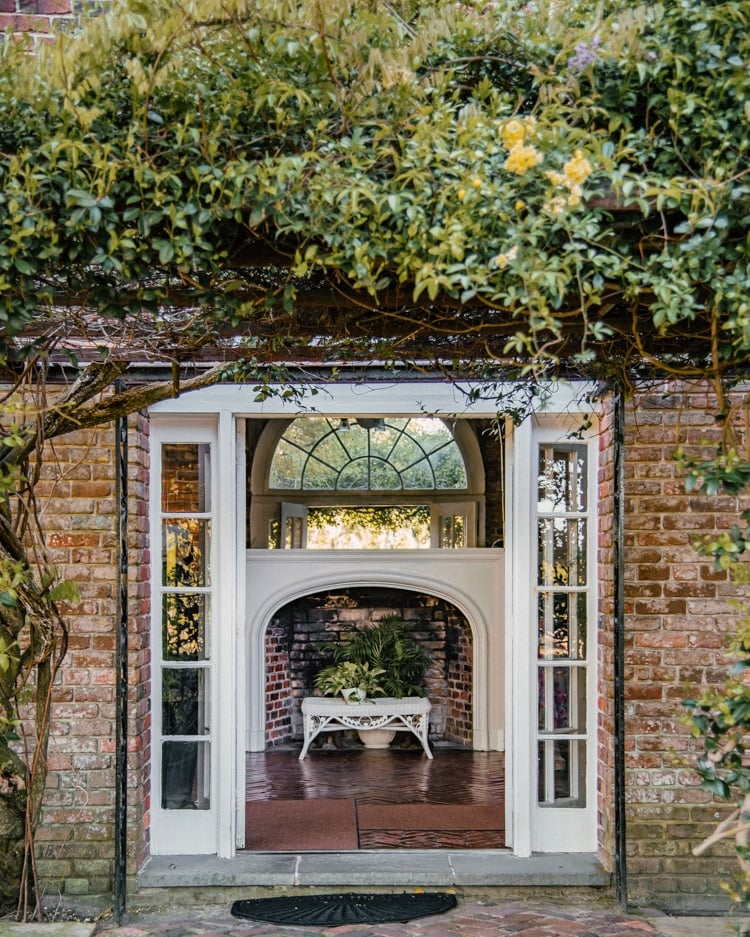
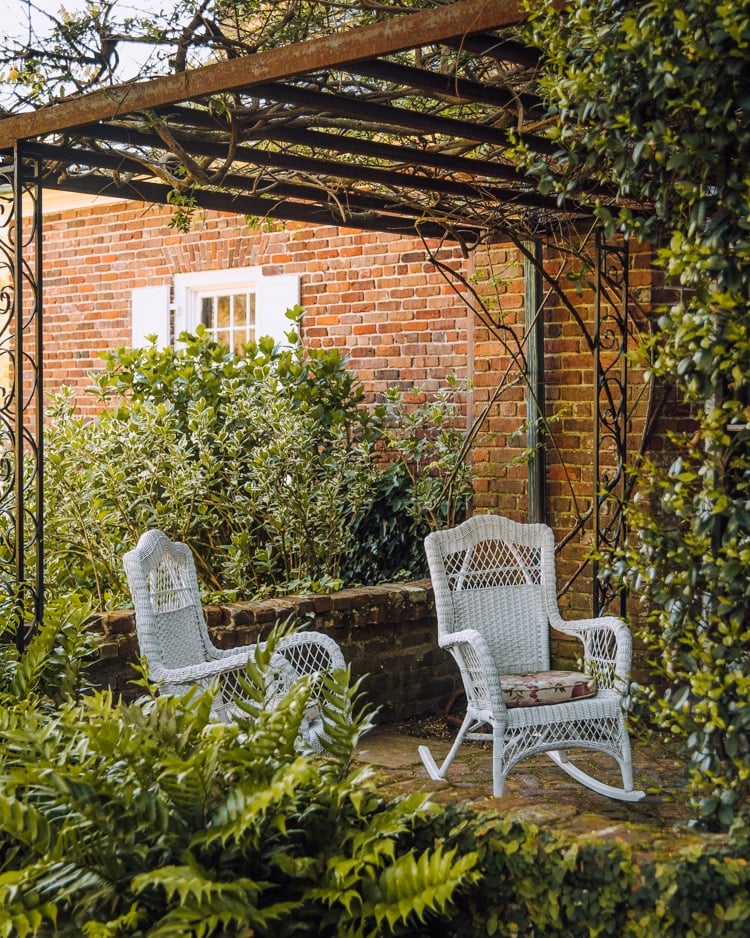
One more thing to note: photography is not permitted inside the house! However, there are many picturesque photo spots outside of it.
Middleton Place
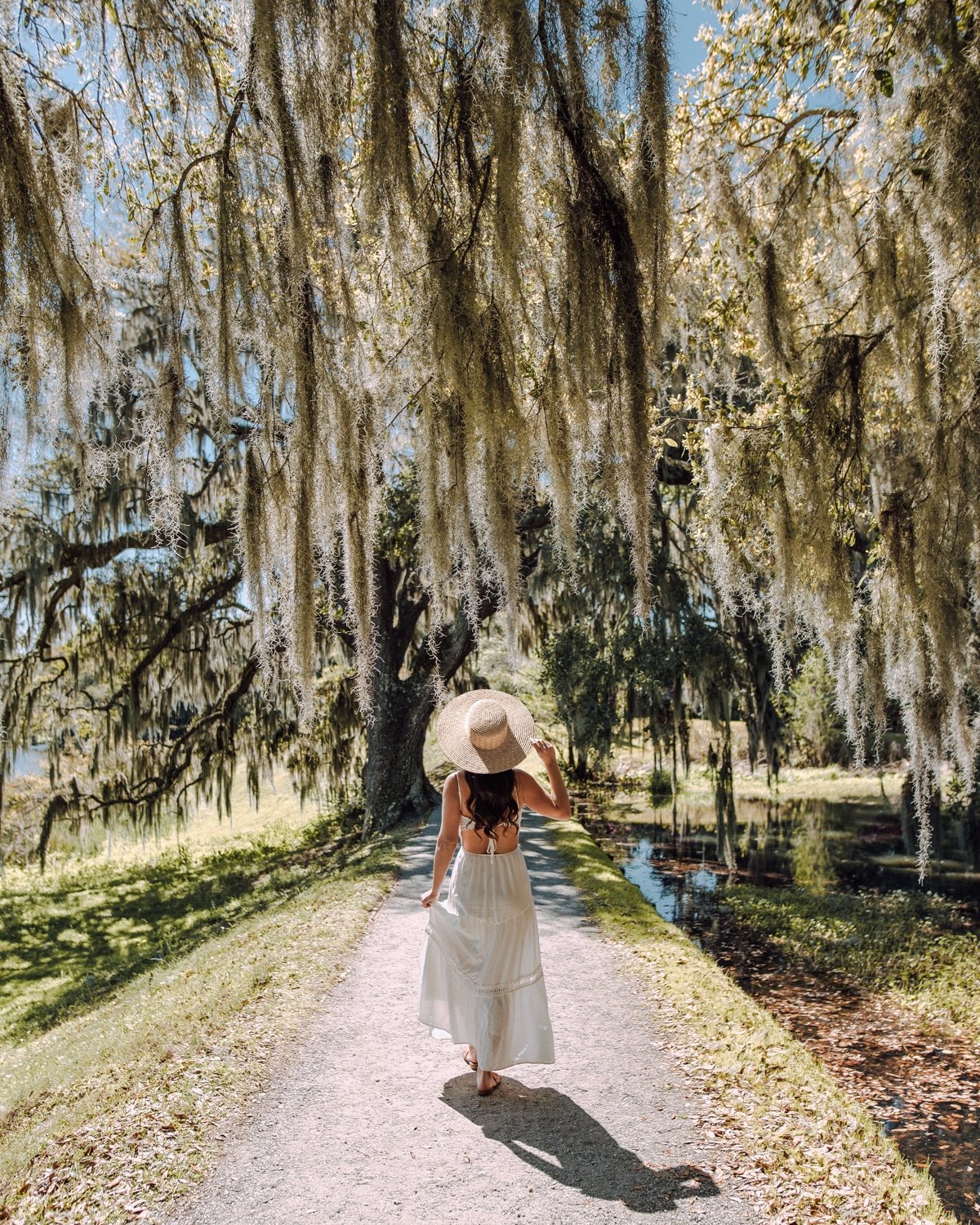
Middleton Place has the oldest landscaped gardens in America, which definitely makes it one of the best plantations in Charleston! These landscaped gardens date back to 1741 and were developed by Henry Middleton and his family.
Like most plantations in the 18th and 19th centuries, Middleton Place had a lot of enslaved people working the land. Middleton Place has managed to locate the names of over 2,800 people who were enslaved on the land and owned by the family from the years 1738 to 1865.
Using this information, this plantation has a permanent exhibit that follows seven generations of slaves in the 18th and 19th centuries. Not only does it describe the way these people worked and were treated, but it also details their fortitude and spirit.
You can visit the South Flanker, which today is the House Museum. Some attempted to burn down this building along with the main house and the North Flanker in 1865 just before the Civil War. But today the restored home now acts as an icon of this period of history.
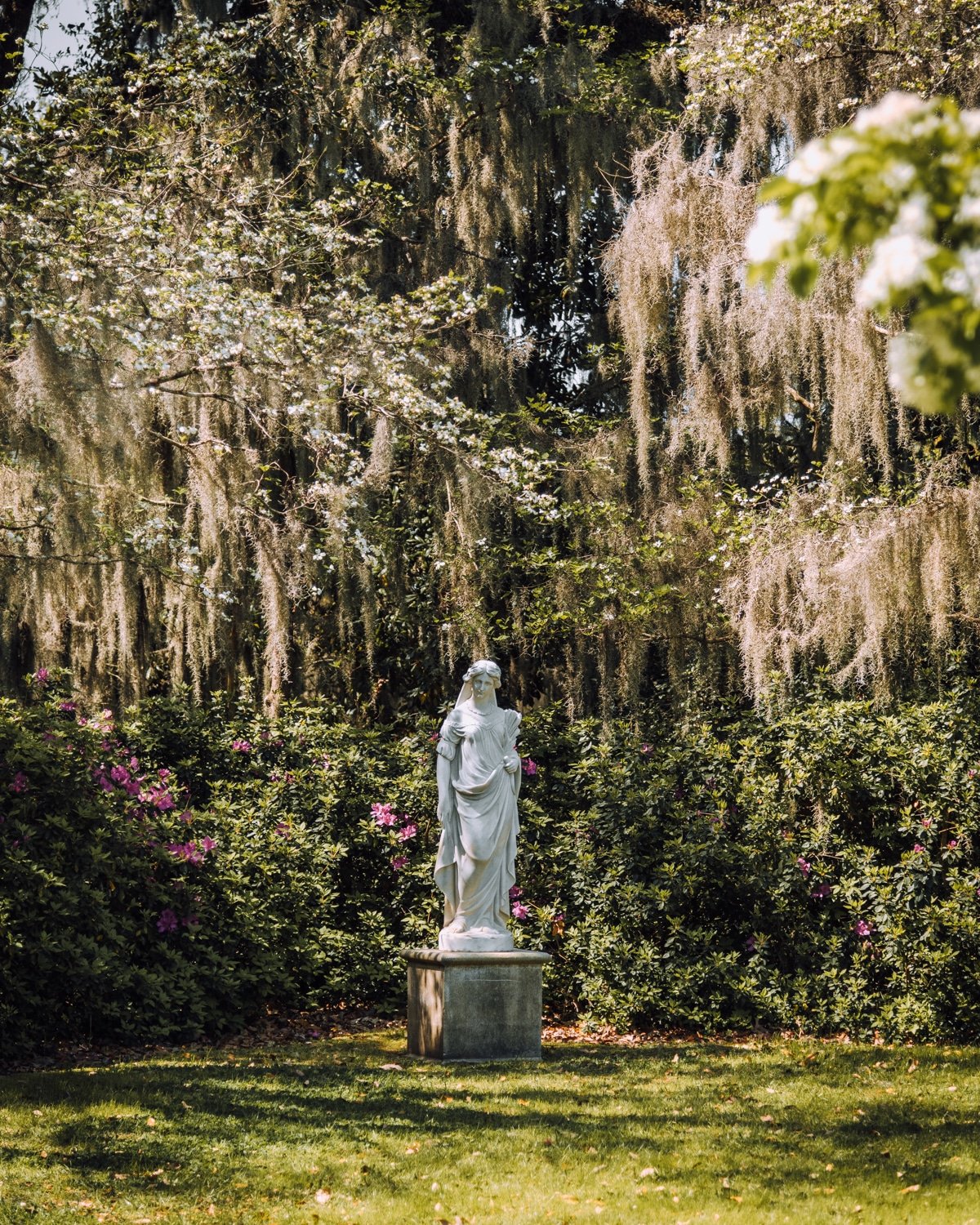
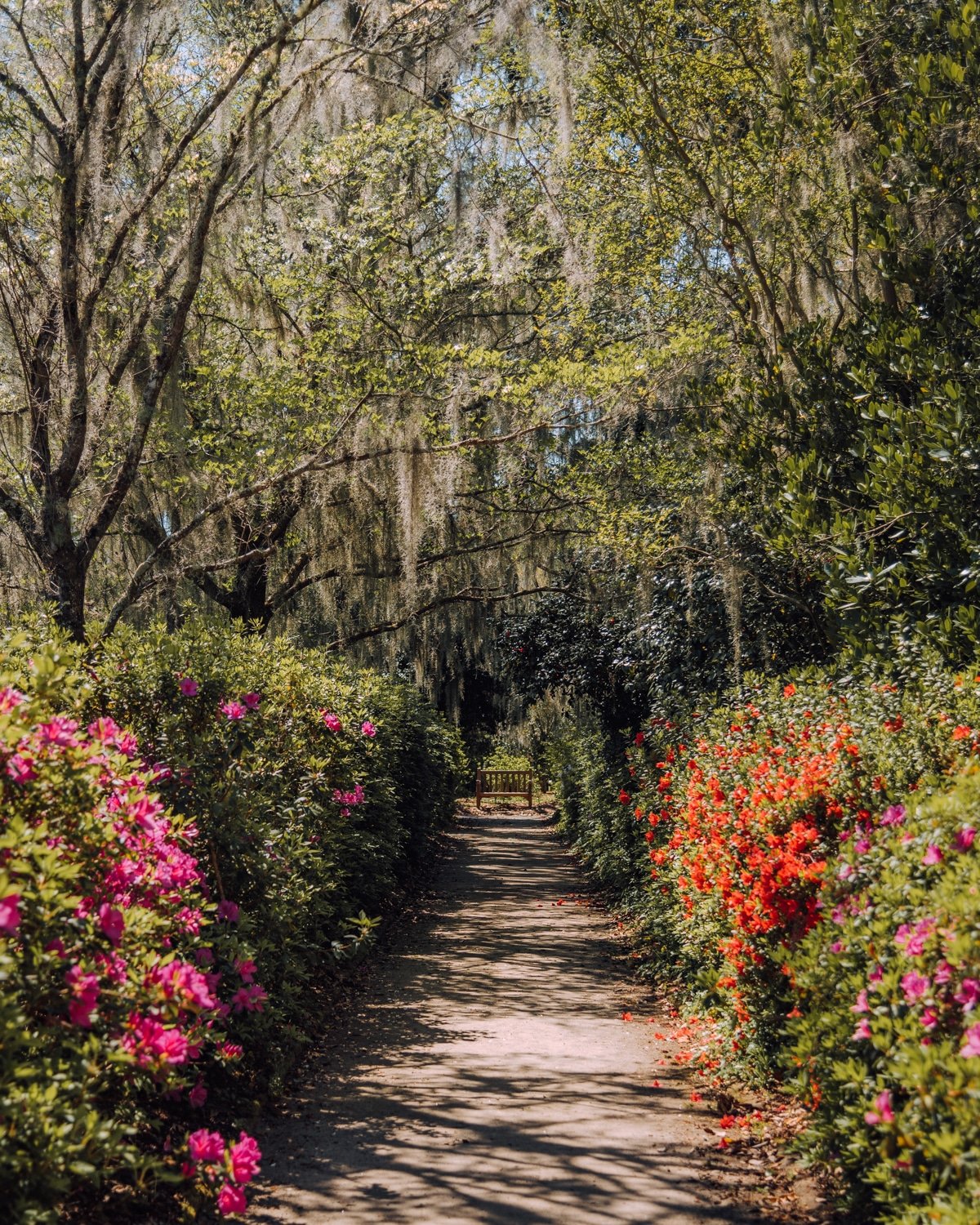
Once you’ve learned about the history here, take a walk in the gardens. Middleton Place has some of the most beautiful and serene gardens near Charleston. The gardens were planted in the 18th century and are reminiscent of styles in England and Europe at the time.
That said, the gardens have changed over time. For example, Arthur Middleton’s acquaintance Andre Michaux allegedly brought camellias to the estate. You can see many camellias while walking around the estate today.
In the 1940s, Middleton Place’s gardens were publicly named the “most important and interesting garden in America”. They remain a wonderful place to soak up some South Carolina sun and marvel at the traditional features.
There are a few events at Middleton Place each week. For example, if you want to appreciate the garden and try some old and new wine, you can purchase tickets for Garden Strolls and Wine Tastings ($20-$25).
Hours & Admission Info
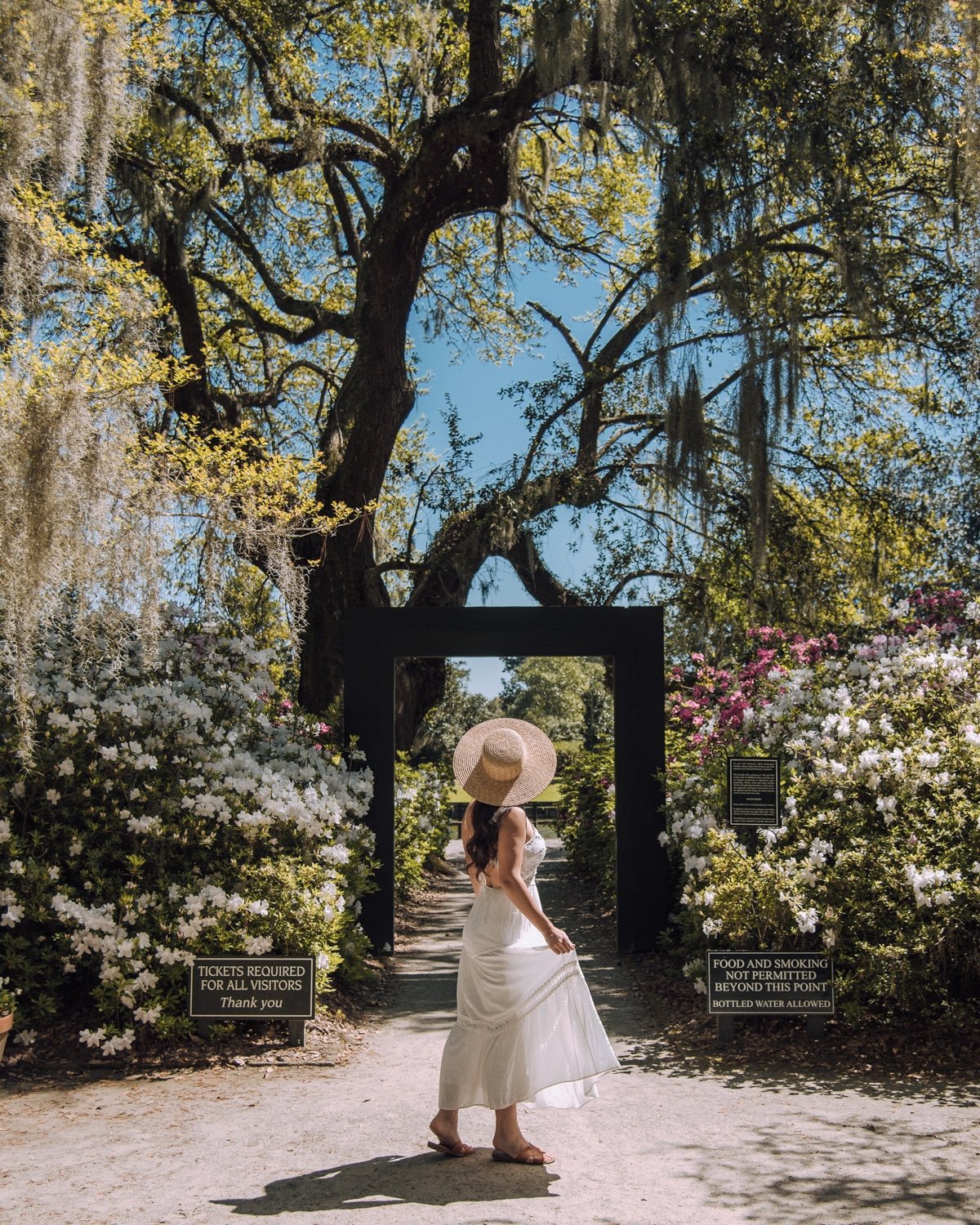
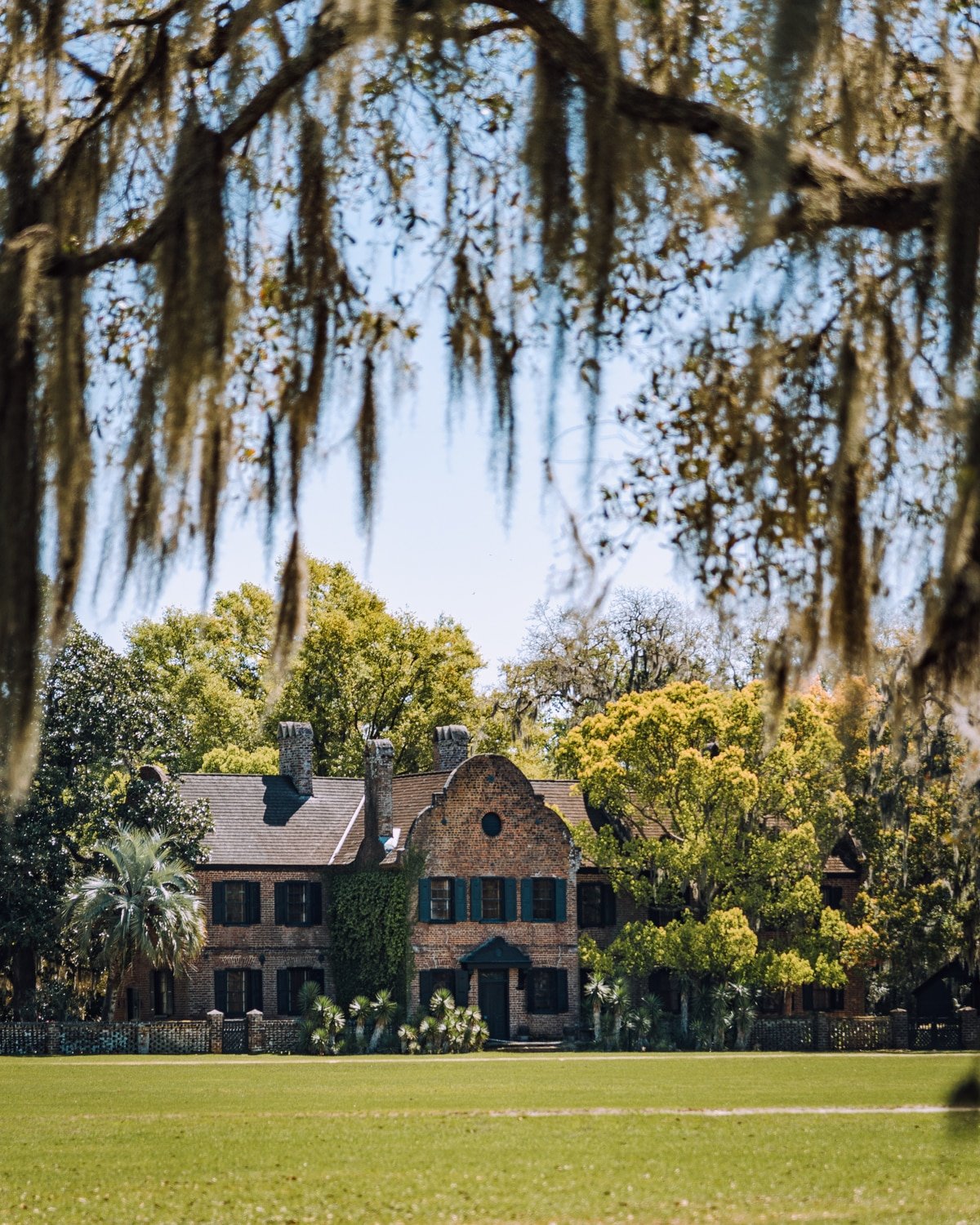
Middleton Place Plantation is open every day from 9:00 am to 5:00 pm.
Admission to Middleton Place costs:
- $32 for adults and children ages 14+
- $15 for students ages 14+ with student ID
- $10 for children ages 6-13
You can get a $4 discount off adult entry if you buy the ticket online here, so it’s worth booking online in advance!
If you stay at the Inn at Middleton Place, admission is included with your stay. There is also an award-winning restaurant on site, the Middleton Place Restaurant.
Best Photo Spots at Middleton Place
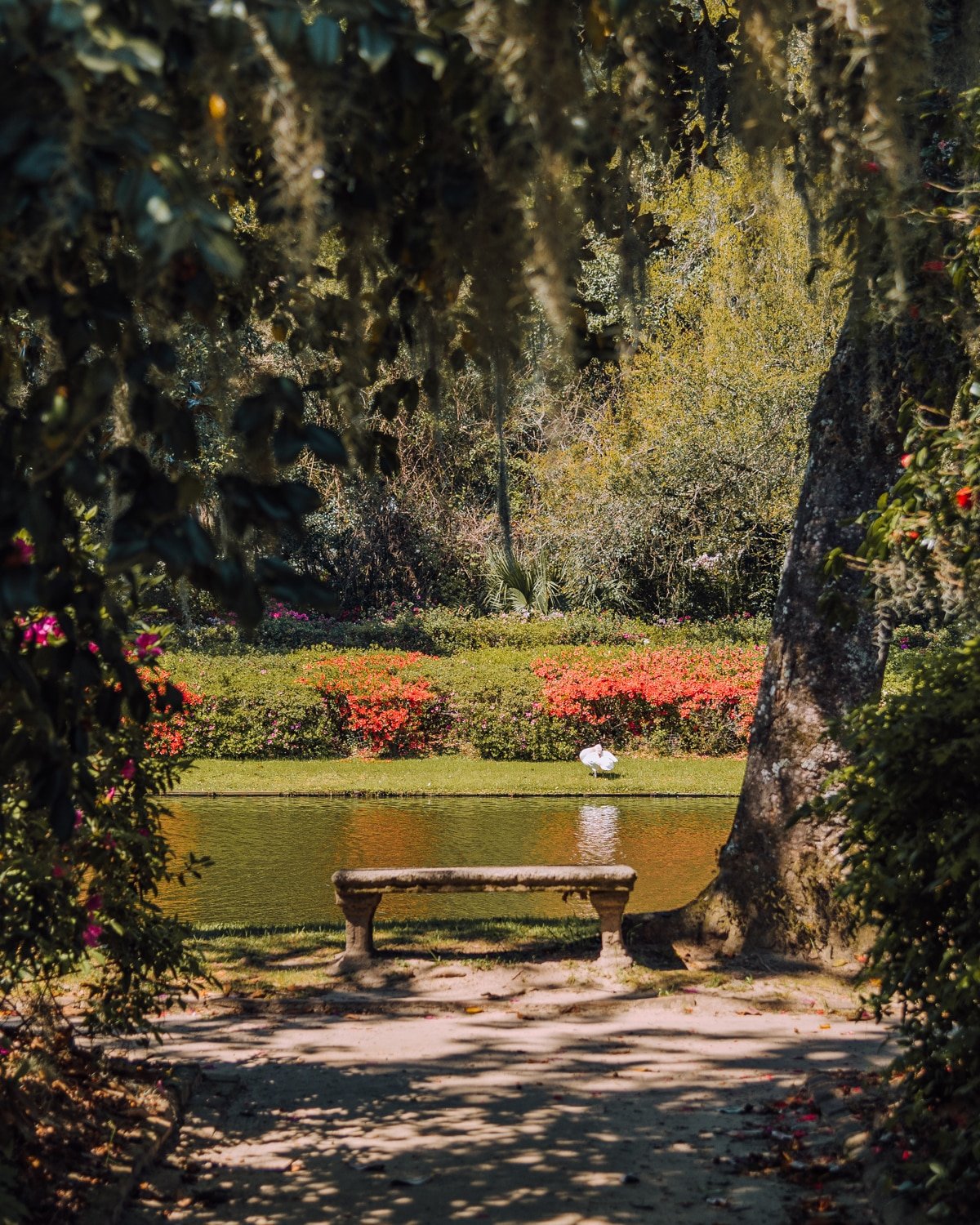
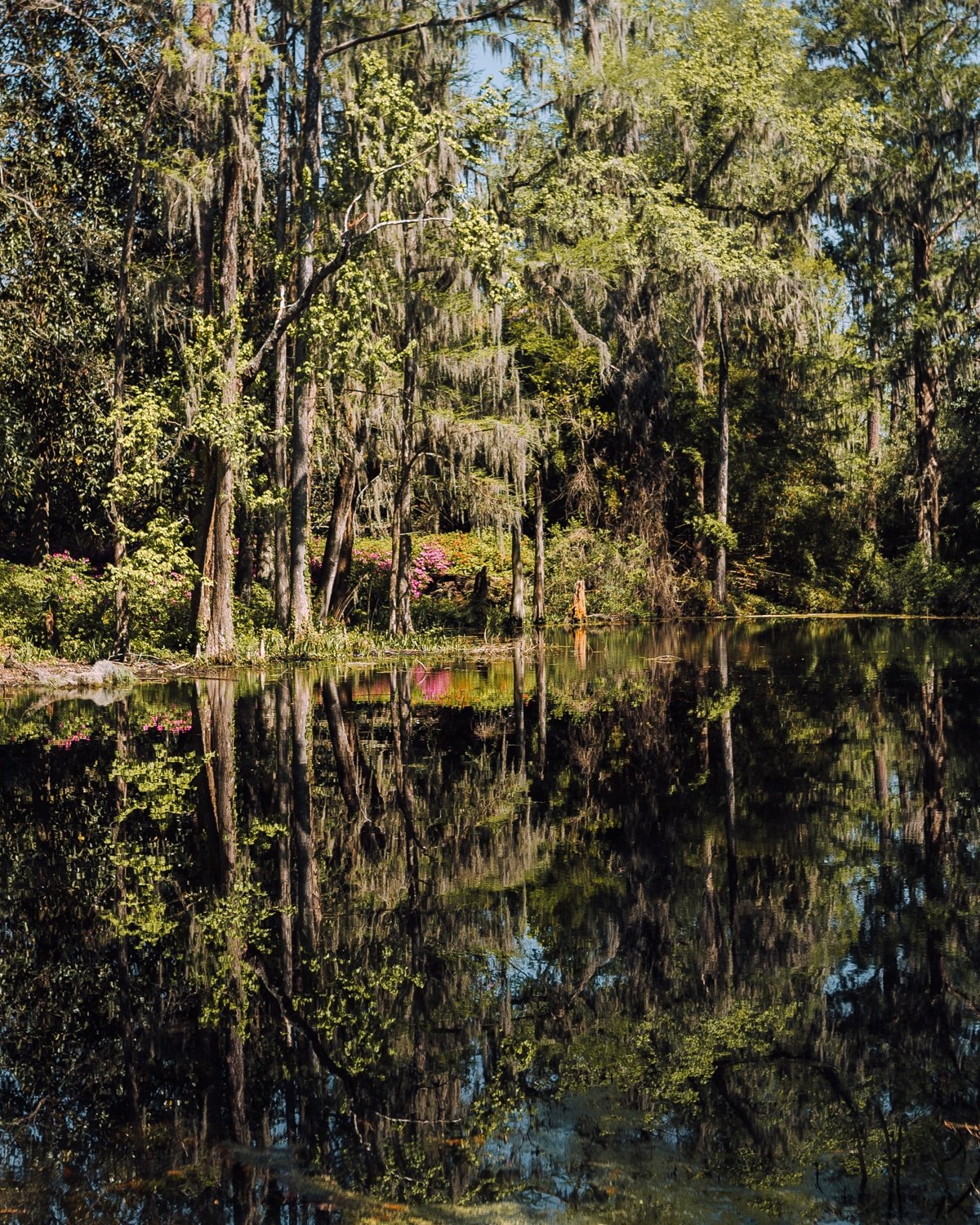
We got the photo at the beginning of this section on Middleton Place while walking on the nature trail at the very back of the property. It backs up to the flooded rice field.
Additionally, the cypress lake is very peaceful and you might even spot alligators!
Middleton Place’s Butterfly Ponds are charming, as is the Secret Garden, which you’ll find labeled on the map they’ll give you when you enter.
Drayton Hall
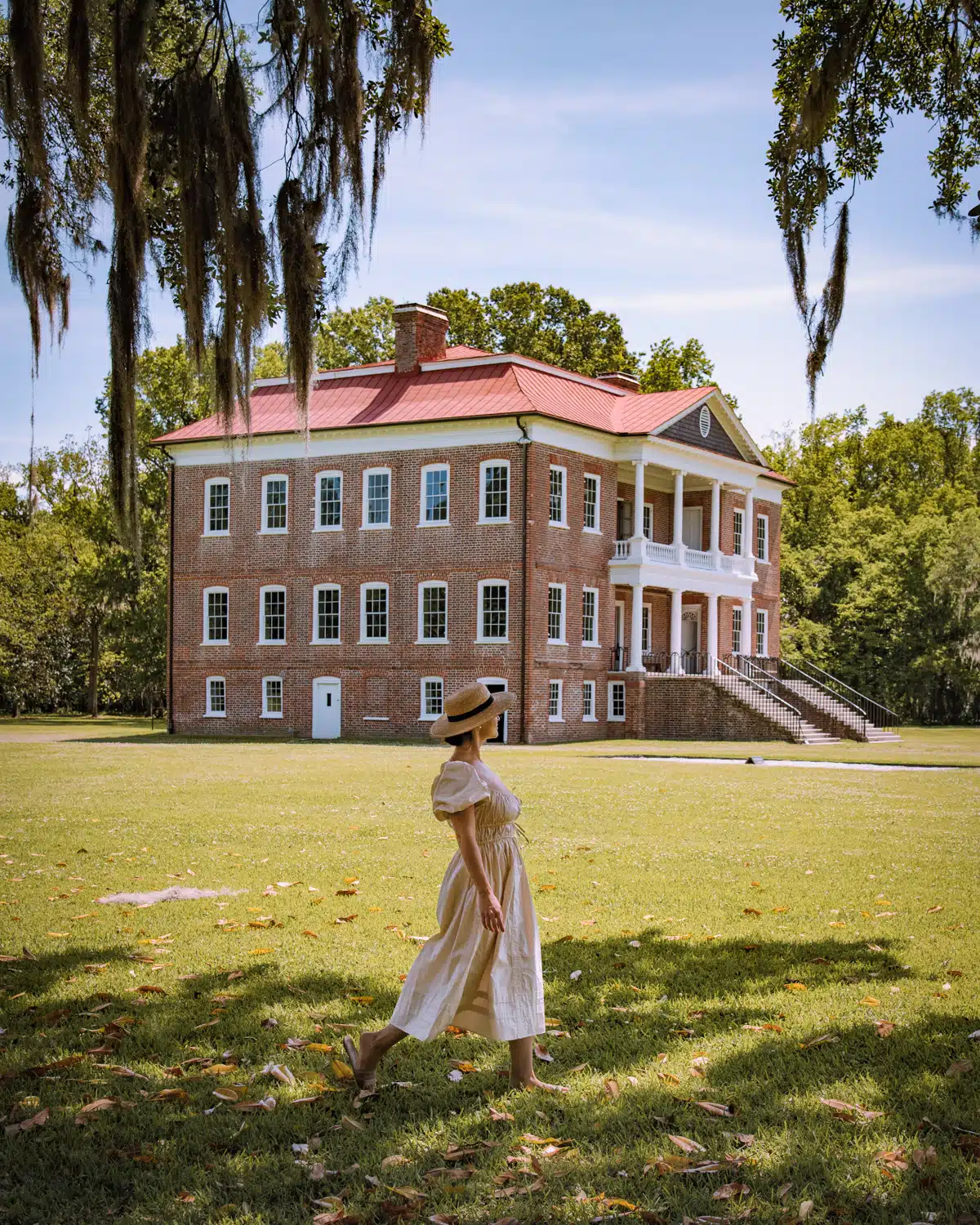
Drayton Hall is an 18th-century plantation and estate. Its owners founded this plantation in 1738. And it also happens to be the oldest preserved plantation house in the country that is still open to the public.
You can take a self-guided audio tour through Drayton Hall’s main house- that’s what we did! They recommended that you bring your own earphones or earbuds. You can also purchase them when you are there, though we just listened with it on a low volume.
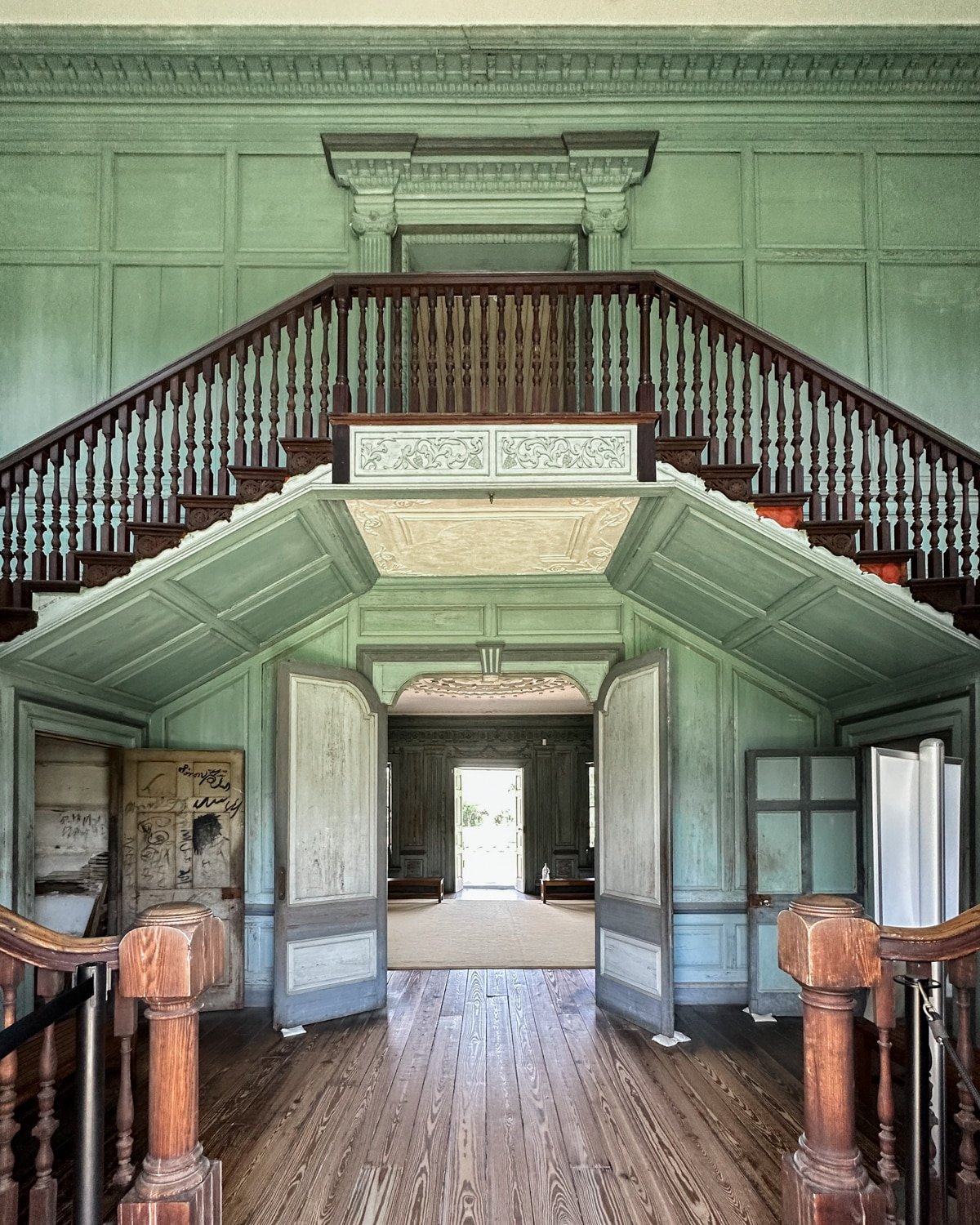
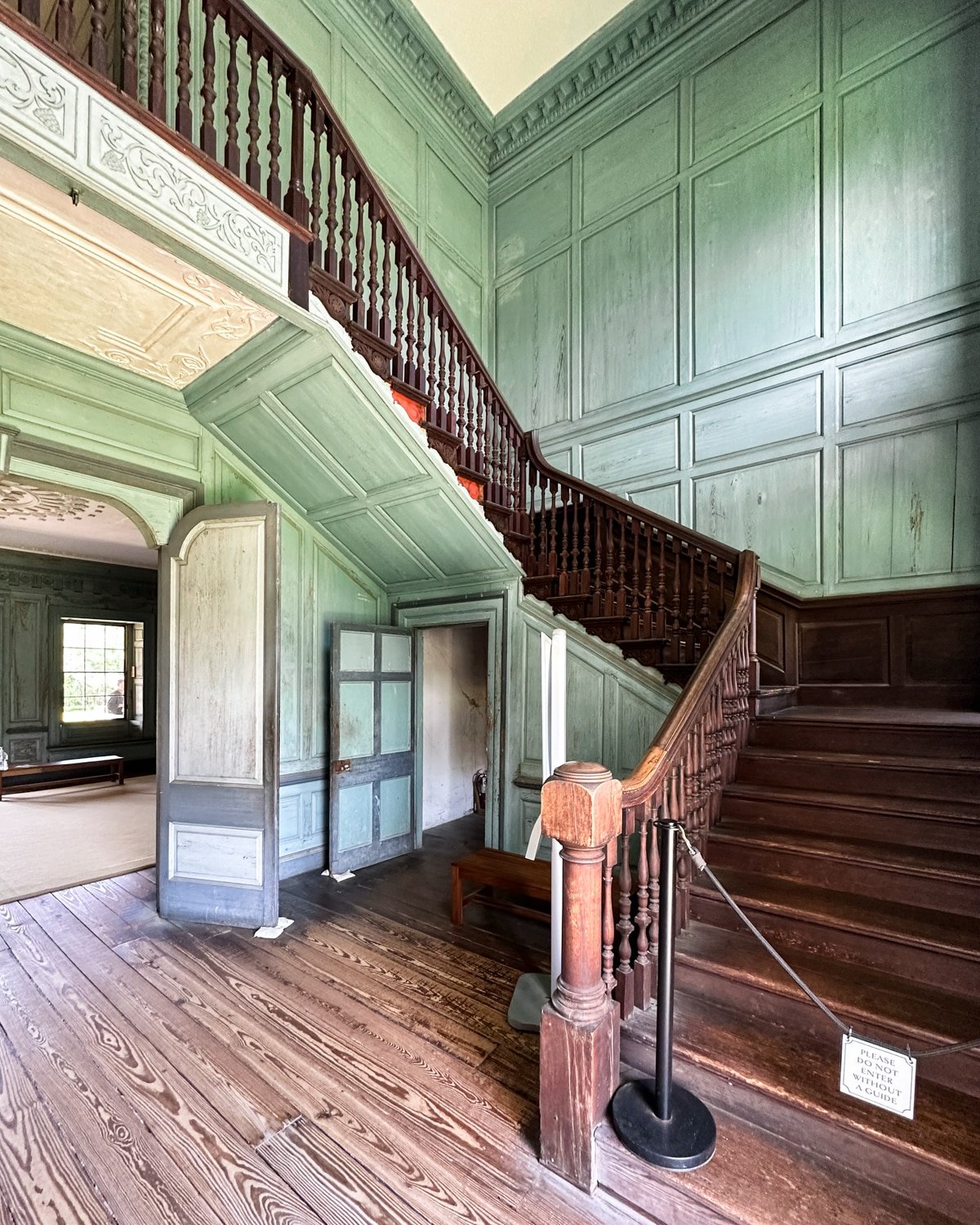
Drayton Hall’s audio tour has plenty of information about the house and grounds. But if you have any more questions, you can ask one of the guides who are positioned throughout the house.
You can also visit an African American cemetery on Drayton Hall’s grounds.
Drayton Hall features plenty of nature walks where you can explore the gardens, including the allee of azaleas, the Ashley River, and the beautiful 18th-century live oaks.
You can also visit the caretaker’s house where you can learn about the African American community who lived on the property as well as the phosphate mining industry.
The Lenhardt Garden, another interesting feature on the Drayton Hall grounds, has a 200-year-old oak tree with historical plants and lots of different local and seasonal flowers.
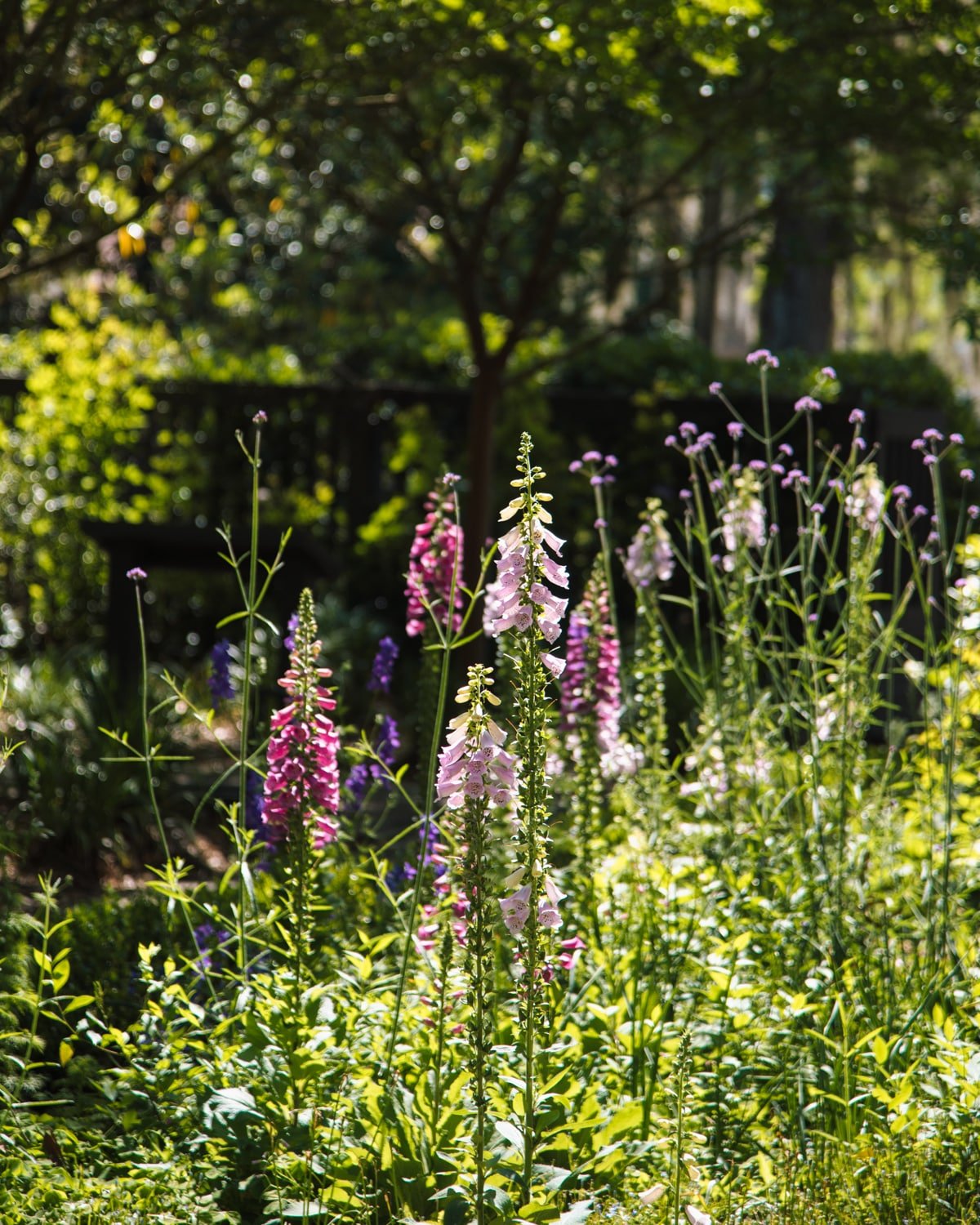
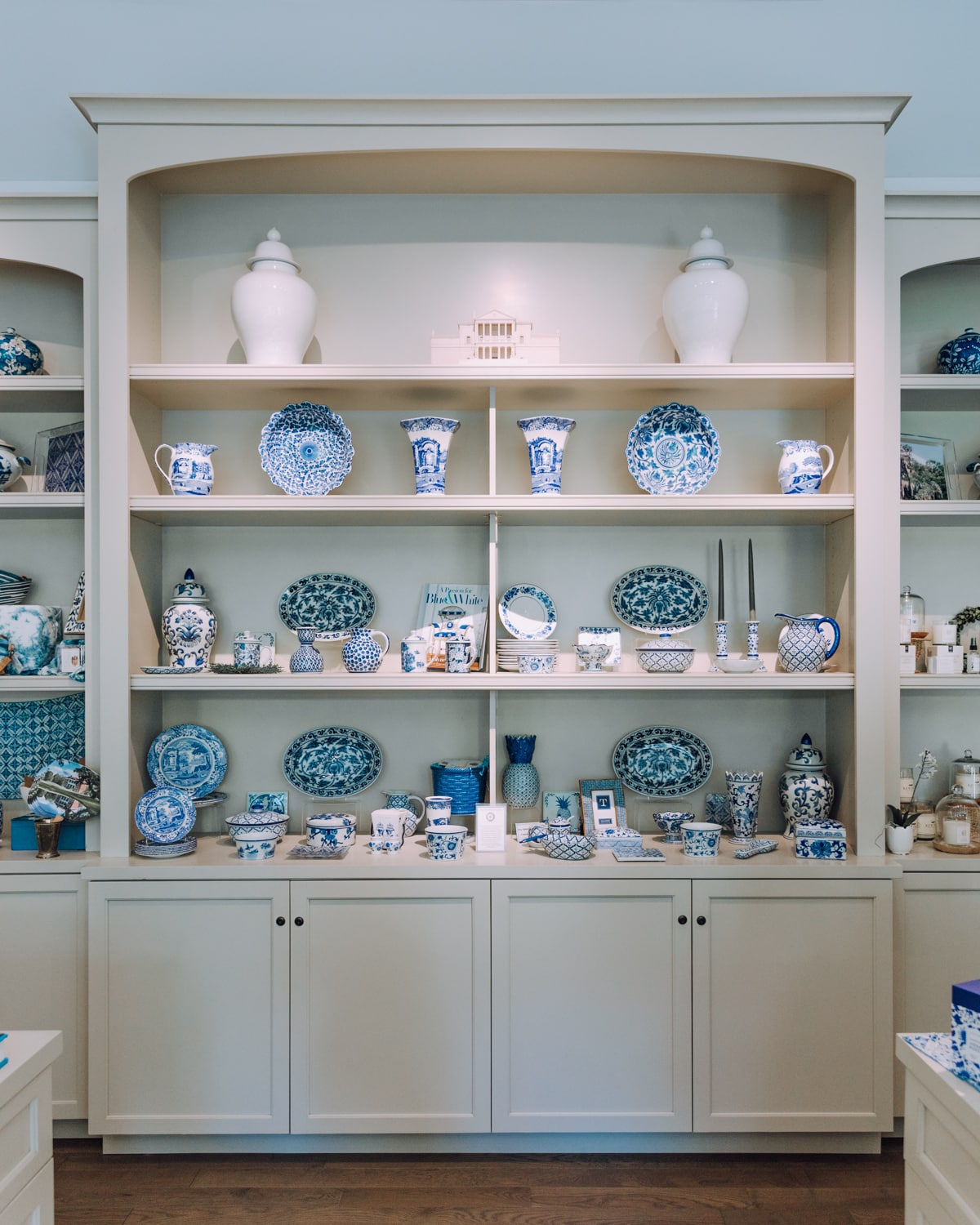
And definitely don’t skip the gift shop! It’s such a gorgeously curated shop with stunning pieces!
Hours & Admission Info
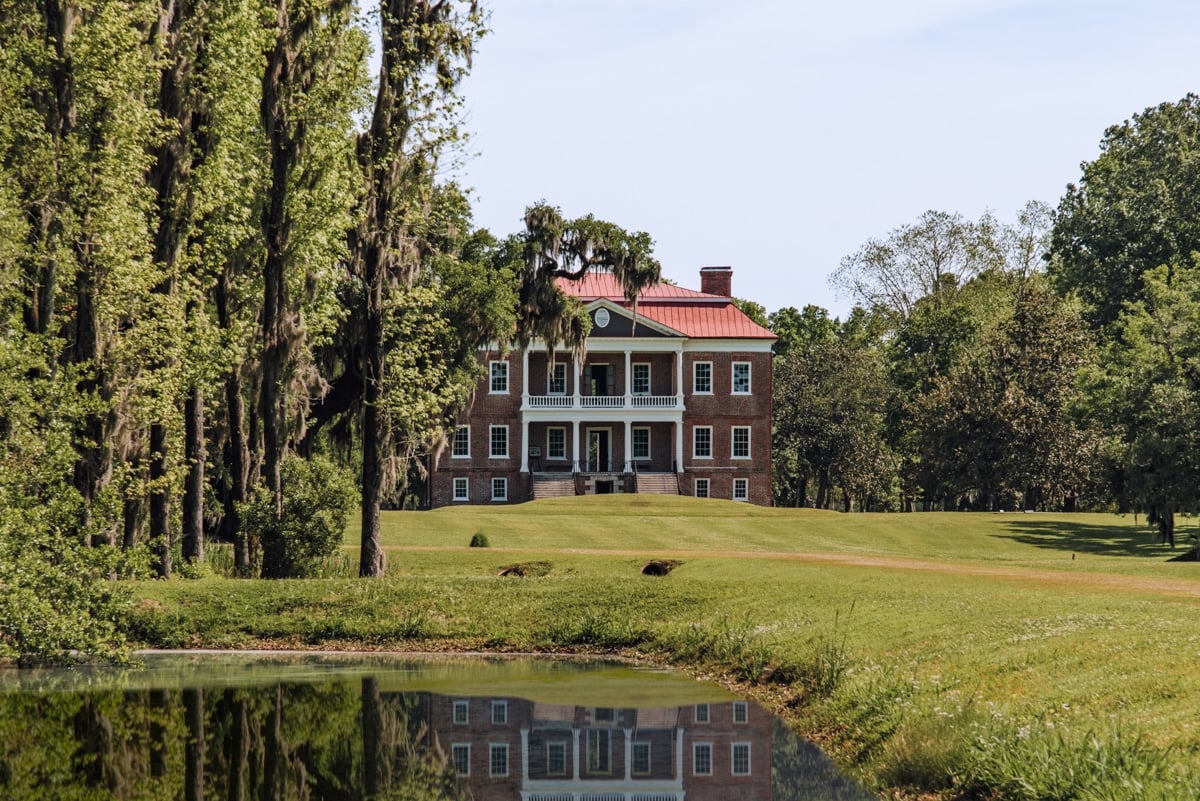
The plantation is closed on Tuesdays but other than that, it’s open from 9:00 am to 5:00 pm, and the gate closes at 3:30 pm. The gate will not accept any cash transactions, so bring a credit card or buy your tickets online.
Tickets cost:
- $26 for adults
- $10 for children ages 7 to 15
- Free for children under 7
They also offer an interpreter-led house tour for those who prefer it. Tickets start at $35 each. One major perk for this tour is you’re allowed upstairs in the house! I wish I could’ve taken a peek up there on my self-guided tour!
Best Photo Spots at Drayton Hall
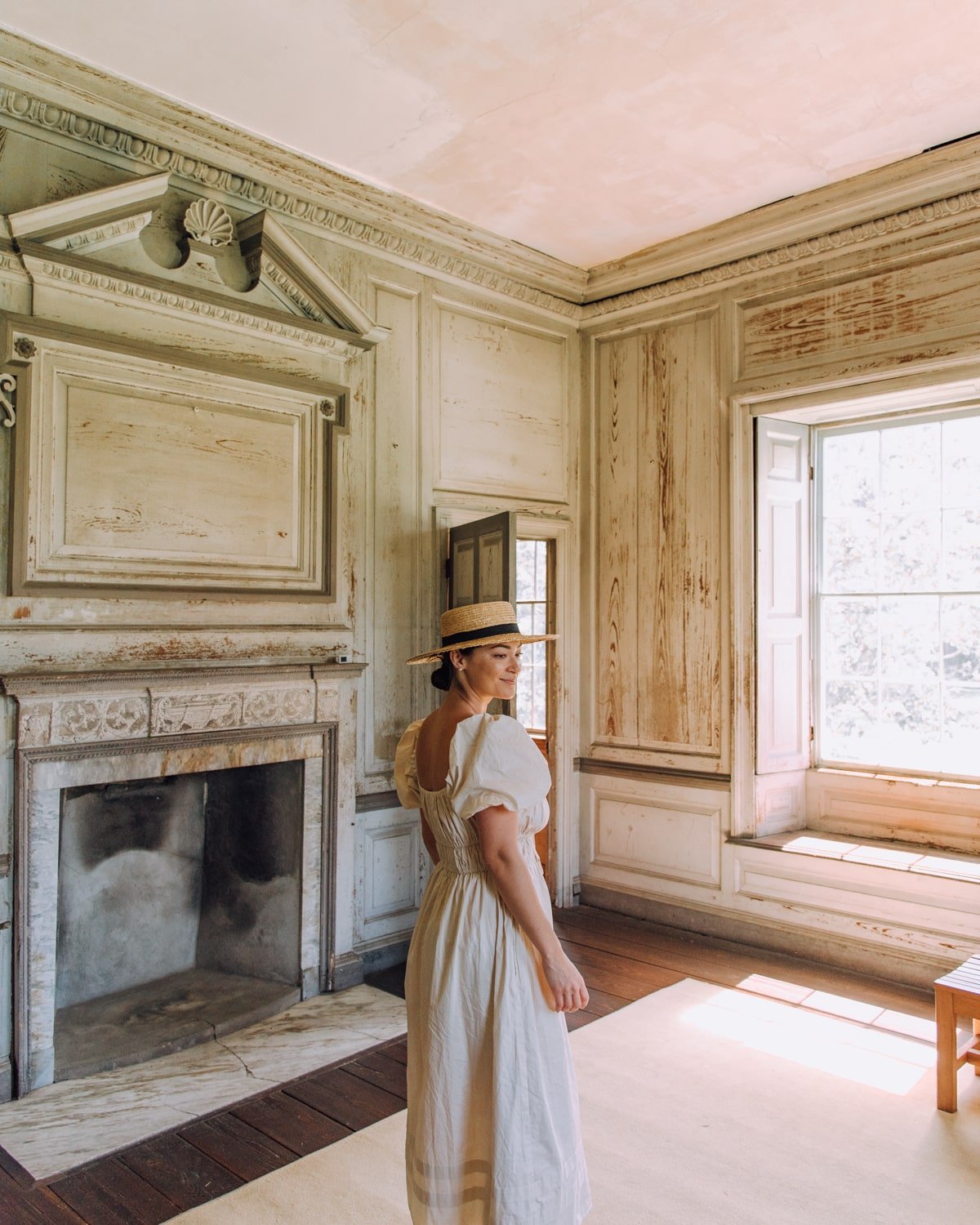
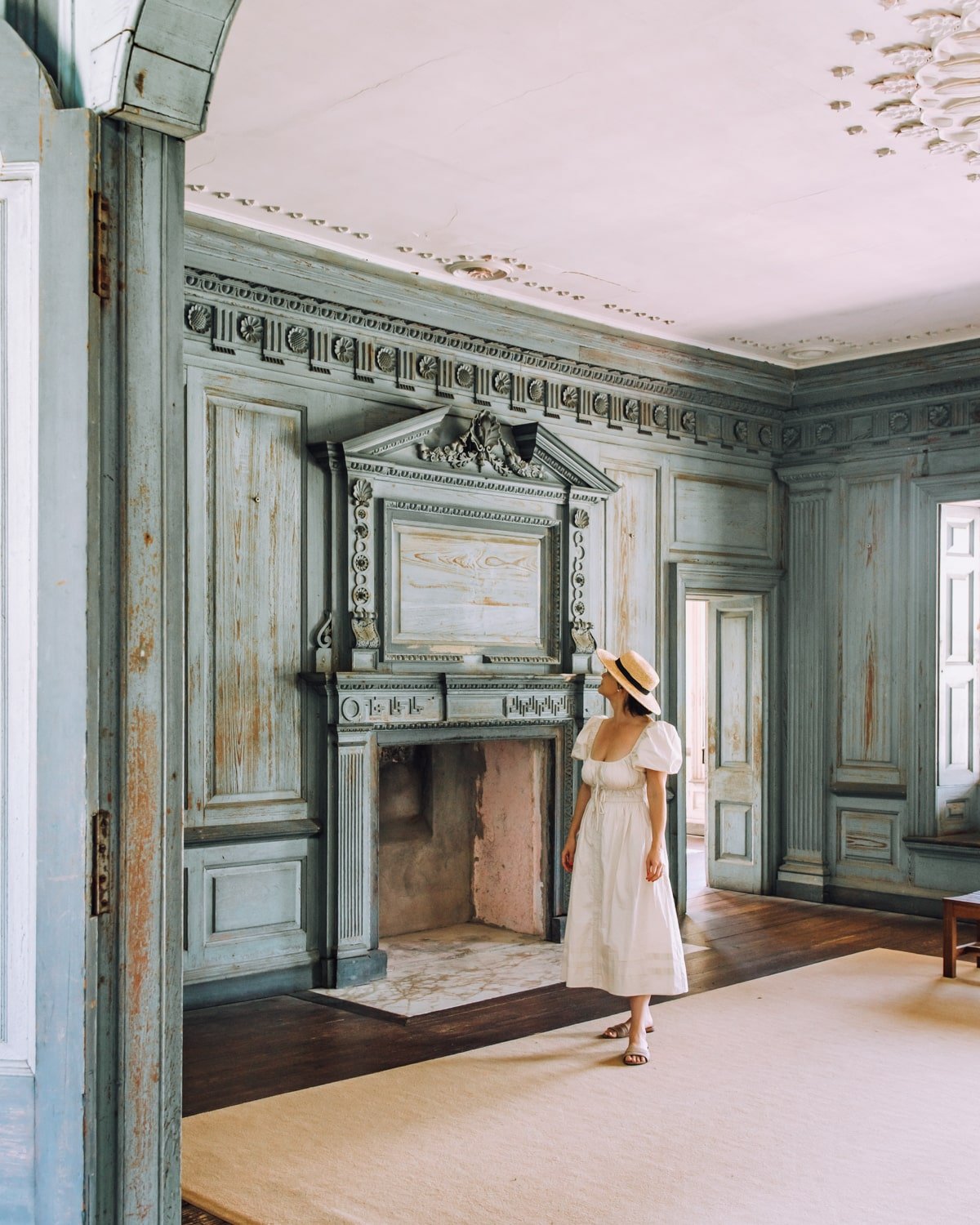
Inside the plantation house, you’ll find rich architecture and gorgeous shades of pale greens and blues on the intricately patterned walls.
Outside the house, you can cross the pond to capture a reflection of the house in the water. Early morning and late afternoon are best for this shot since the water is still at these times.
You can also take a walk out around the back of the house or capture the black and white tiles of the patio.
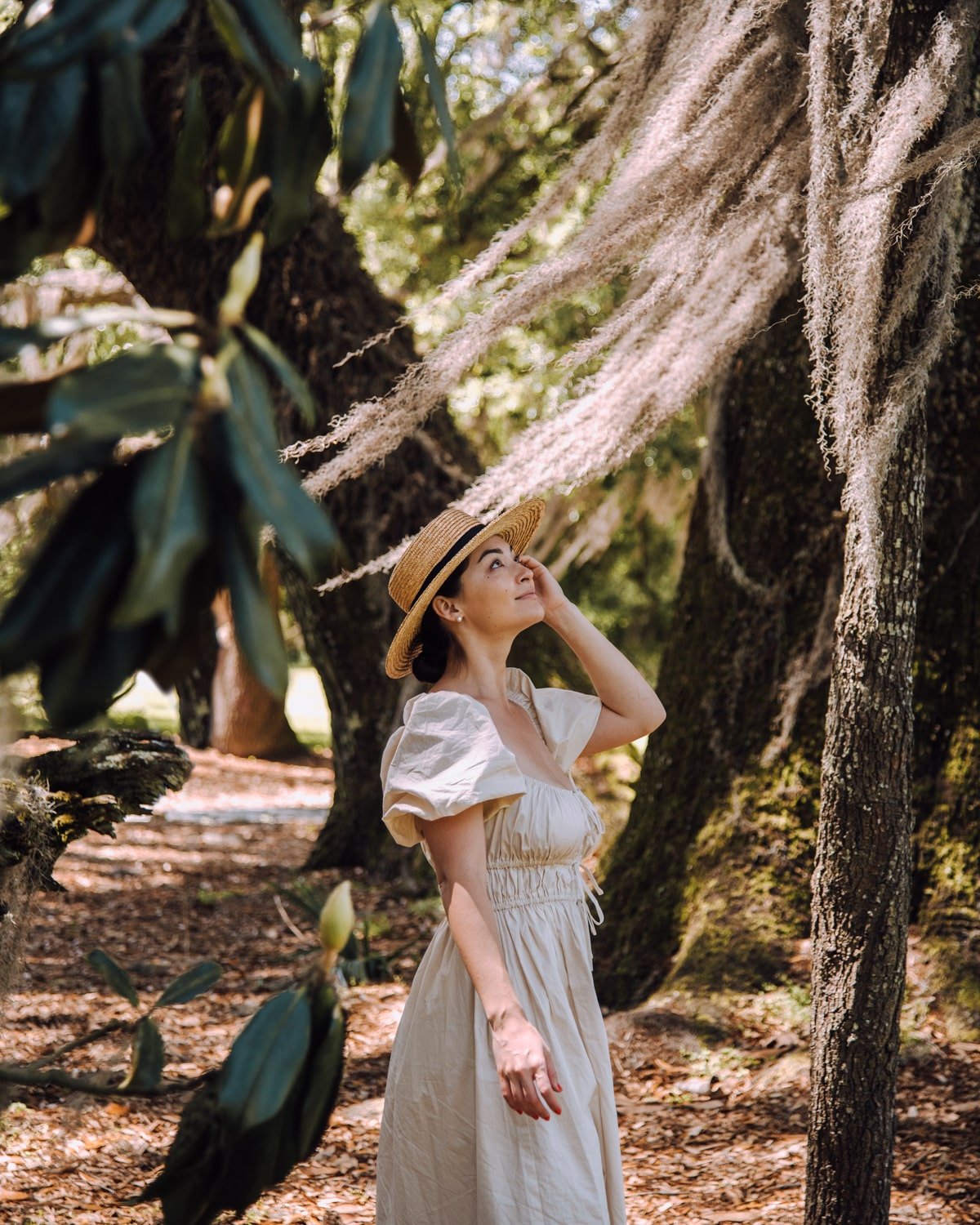
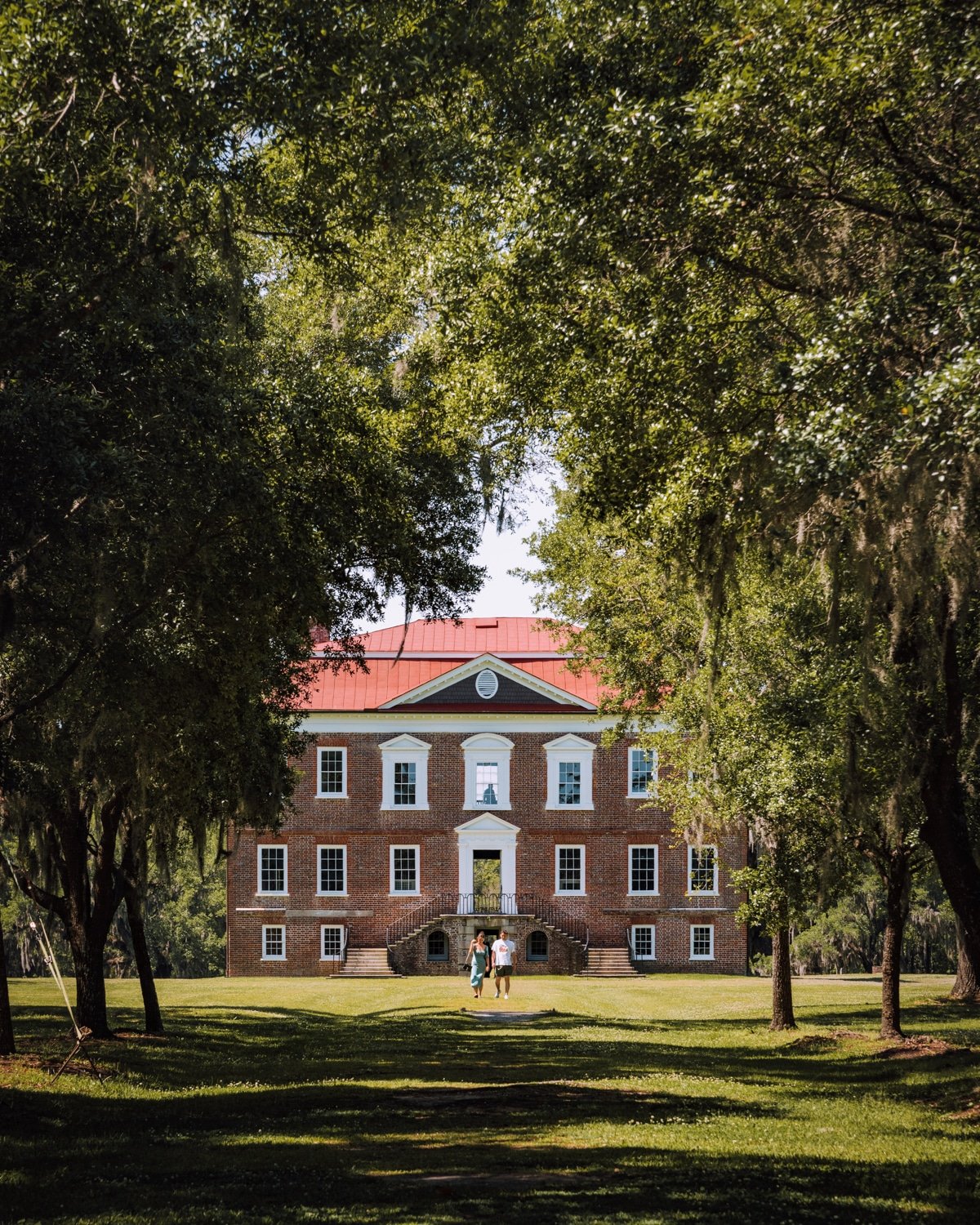
Additionally, the Lenhardt Garden is in full bloom around April, where you’ll find Foxglove, noisette roses, and jasmine blooming. And, of course, you can’t miss the Spanish moss-draped Live Oak trees around the property!
McLeod Plantation Historic Site
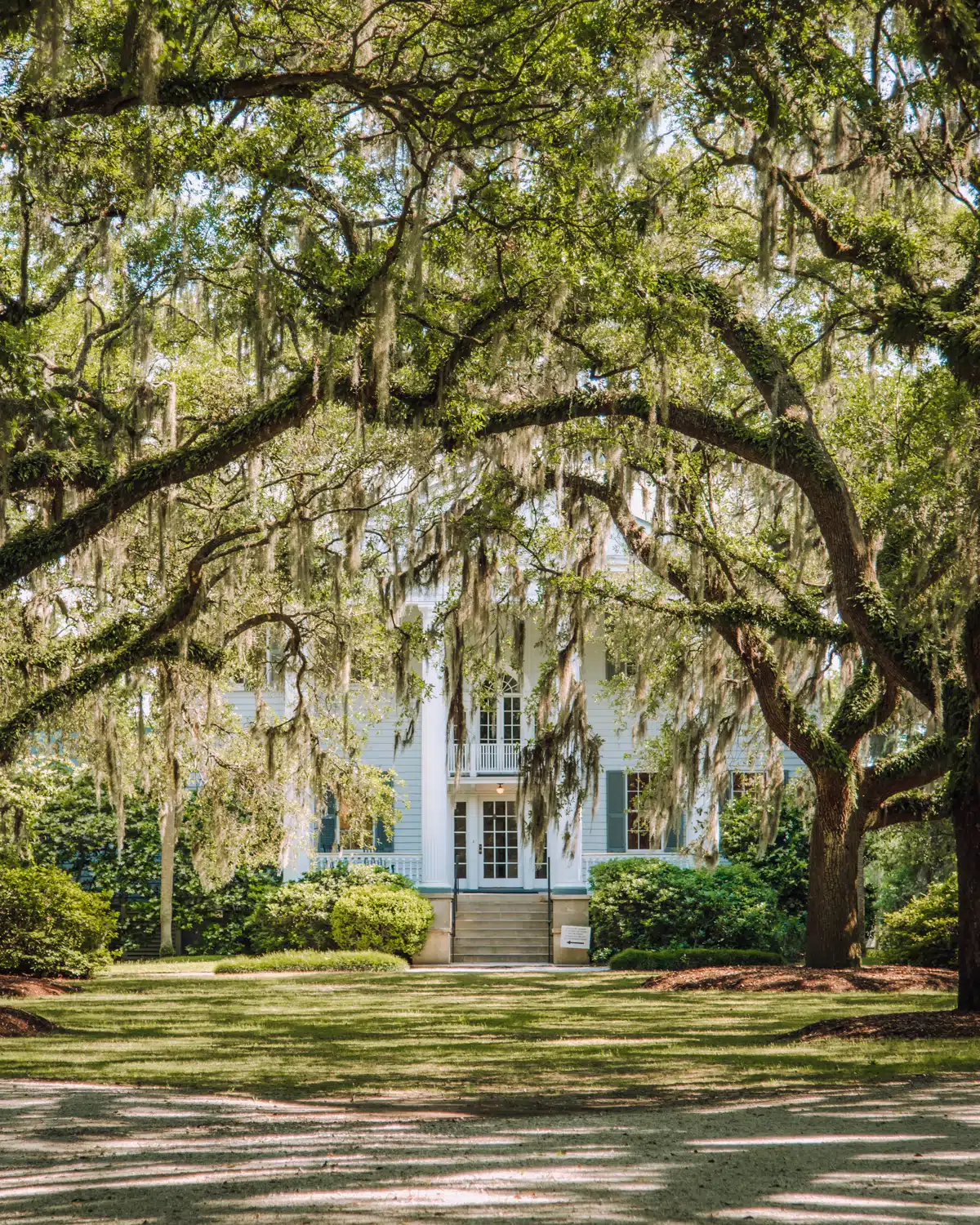
McLeod Plantation is younger than others on this list, but it is still interesting and worth visiting. It’s also closest to downtown Charleston, which makes getting here a breeze!
The McLeod family established this plantation in 1851. Nowadays this 37-acre heritage site encapsulates Lowcountry history.
There are so many things to see at McLeod Plantation. You can tour the historic home on the property as well as the quarters where enslaved families lived. You will also have a chance to learn about the enslaved people’s day-to-day lives, with exhibitions about their spirituality and culture. Plus, you can learn about what happened to the slaves after they were freed.
For a particularly sobering moment, take a tour or have one of the people working here point out where to find fingerprints on the handmade bricks. On the exterior of the gin house, there are three small fingerprints from a child engrained on one of the bricks. It’s so heart-wrenching to see, and a clear reminder of the slave labor that much of American history is built on.
On the grounds, you’ll also find a riverside pavilion and the McLeod oak which many believe to be over 600 years old.
Hours & Admission Info
McLeod Plantation is open from Tuesday to Sunday, 9:00 am to 4:00 pm.
Admission to McLeod Plantation costs:
- $20 for adults and children ages 13 and up
- $15 for seniors
- $6 for children ages 3-12
- Free for children ages 2 and under
Your admission rate includes an interpretive guided tour. The tours are at 9:30 am, 10:30 am, 11:30 am, 12:30 pm, 1:30 pm, and 2:30 pm each day. If you don’t want to do a guided tour, you can do a self-guided tour on your phone using the McLeod Plantation app.
Best Photo Spots
Unfortunately, when we visited, we didn’t realize that it closes at 4pm, so only got a very short time here (hence the one photo you’ll see in this section!).
However, generally speaking, the best spots here are the plantation house and the many live oak trees on the property. Don’t miss the aforementioned McLeod oak, simply because of its age!
One very important thing to note is that they don’t allow “professional photography” which, from our interaction with the staff here, seems to mean no DSLR cameras at all! Cell phone pics only!
Charleston Tea Garden
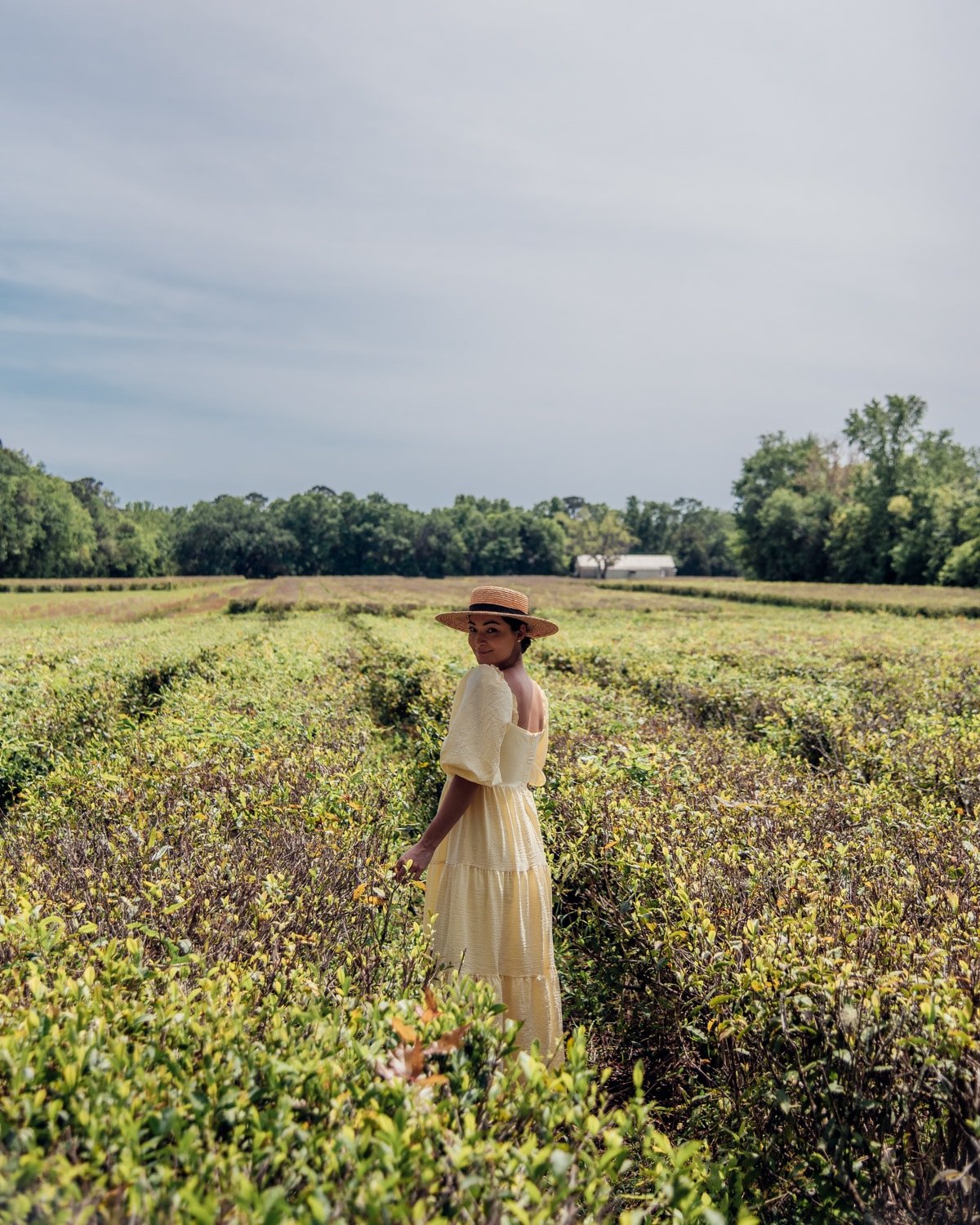
The Charleston Tea Garden differs from the other plantations on this list.
First of all, its owners established this plantation in 1987, so it is relatively very new.
Secondly, the unique nature of what’s grown here makes this one of the best plantations in Charleston. The Charleston Tea Garden is the only plantation house on this list that is focused only on growing tea, as its name suggests.
Due to its wet conditions and sub-tropical climate, this area has the ideal conditions to grow tea plants making both black and green teas. They grow their own American Classic Tea. This is the only tea in the world made with leaves that are exclusively grown in the USA!
The Bigelow Tea Company bought the Charleston Tea Garden in 2003. They are a famous local tea company that continues to create delicious tea in the Charleston area. (However, oddly enough, Bigelow Teas doesn’t actually make their tea from any of the leaves grown at Charleston Tea Garden.)
The Charleston Tea Garden is open seven days per week. It’s an idyllic place to go on a nature day trip away from the city. Plus, it has picnic tables that are the perfect place to enjoy a packed lunch and make a day of your trip.
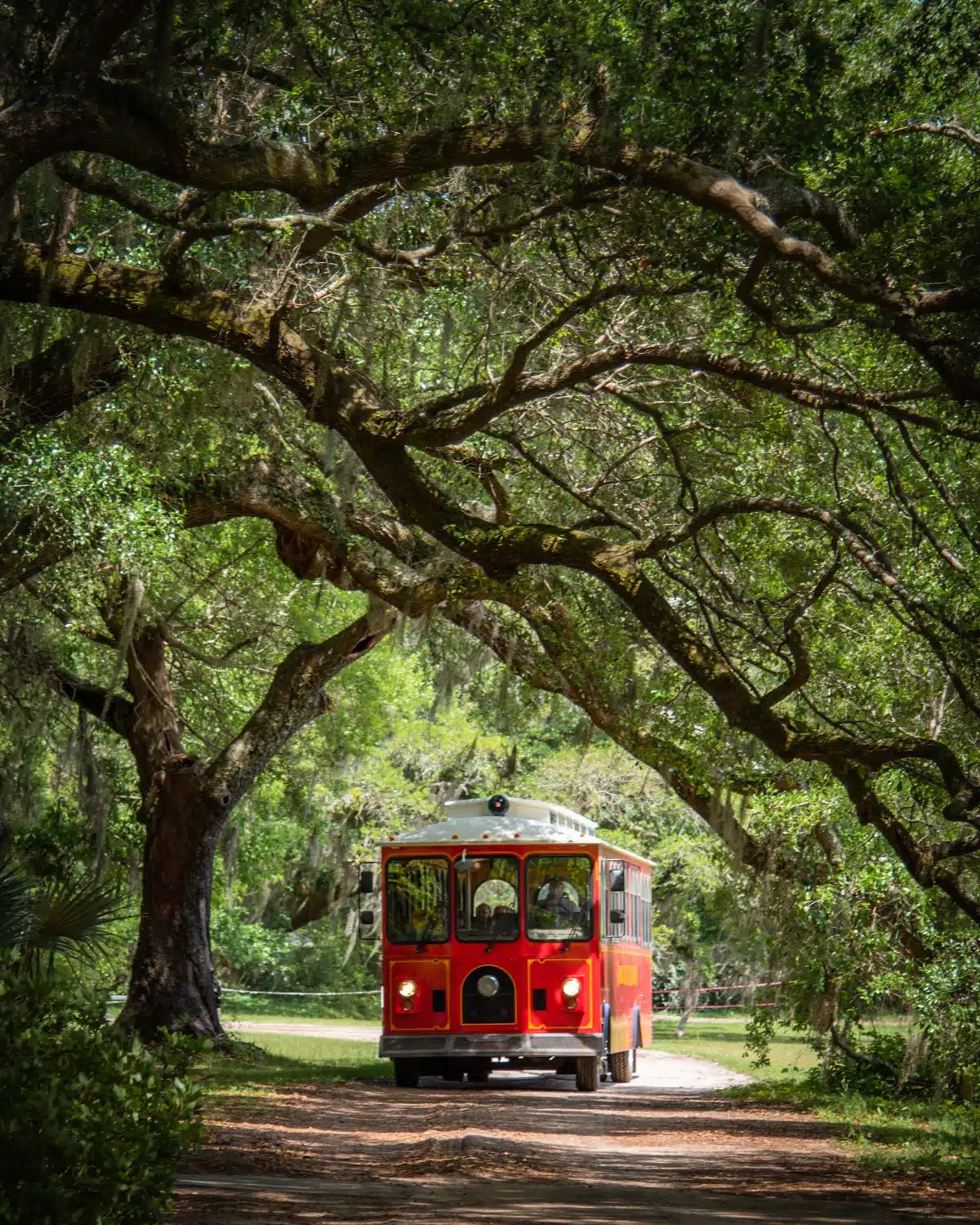
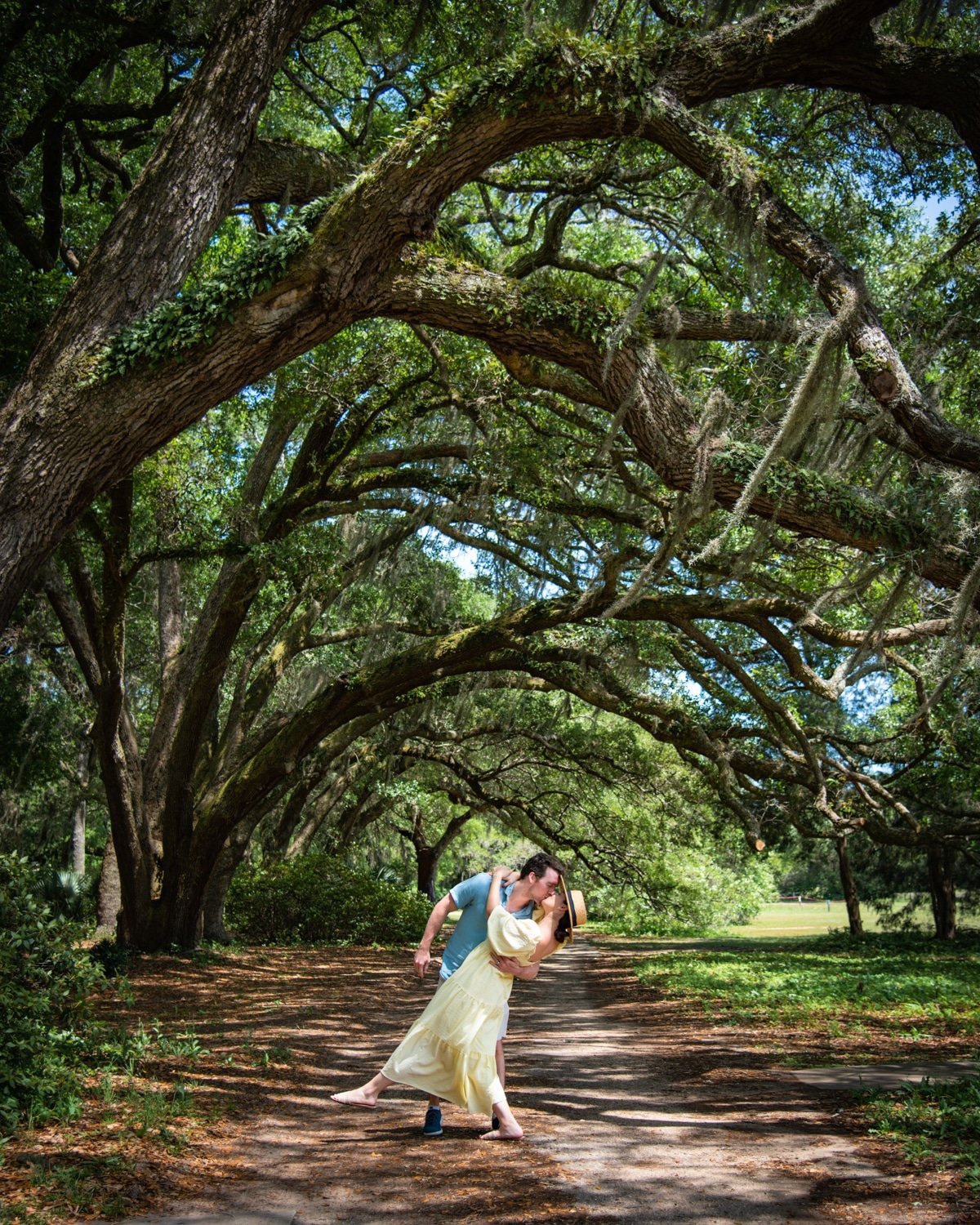
This garden also features a Factory Tour where you can learn about how they make their tea. Or you can explore the picturesque tea fields on a trolley ride. This trolley tour also has a stop at the Green House where you can learn about the tea plants. Your trolley guide will detail the process for you.
You can enjoy the Charleston Tea Garden in any season. Harvest season is in the summer, from May to September, and in the autumn, you might be able to see Camellia Sinensis growing here.
You will find the tea garden on Wadmalaw Island, about 30 minutes away from Charleston. The island itself has been settled since 1666. It has also earned a reputation as one of the best islands in the Charleston area.
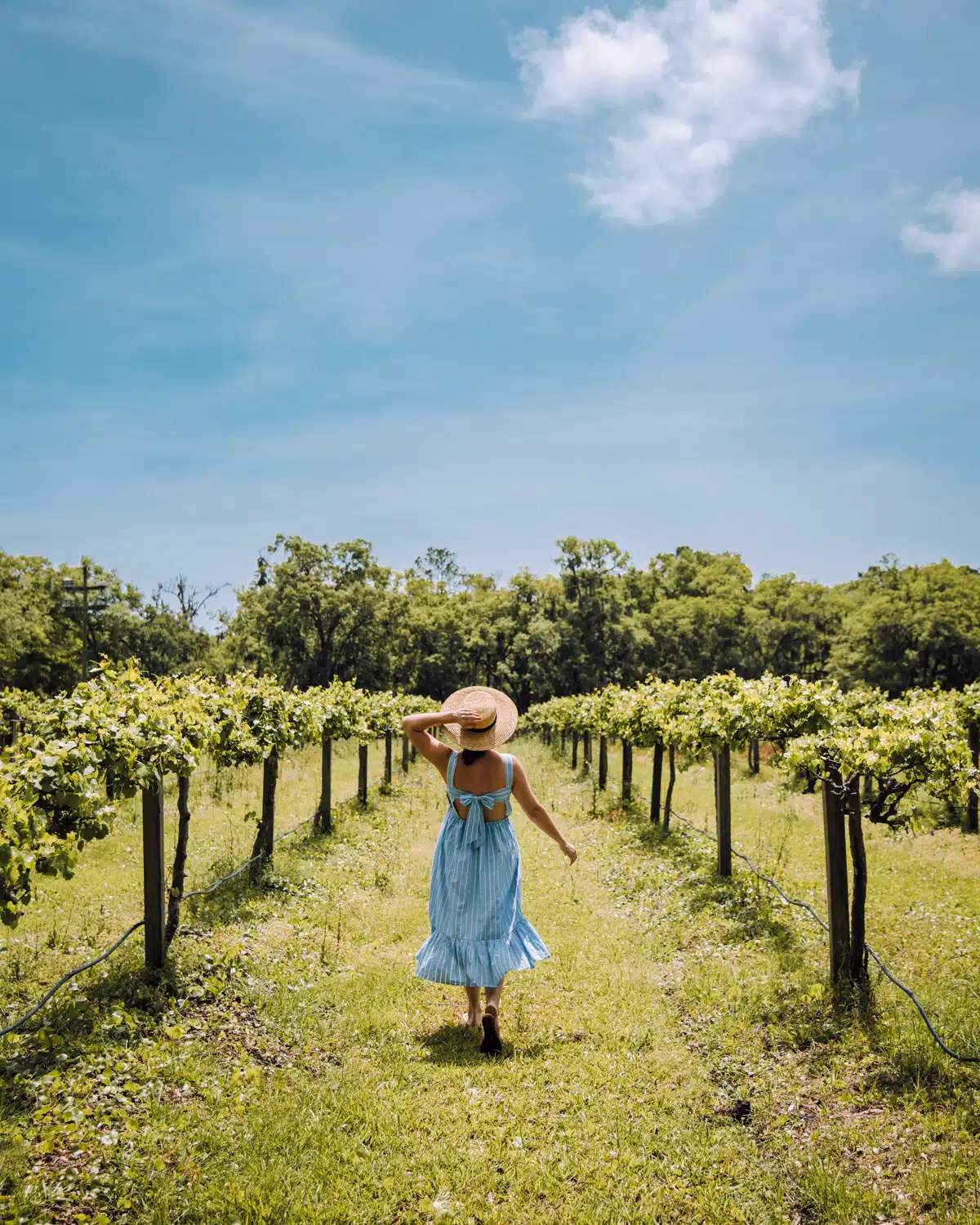
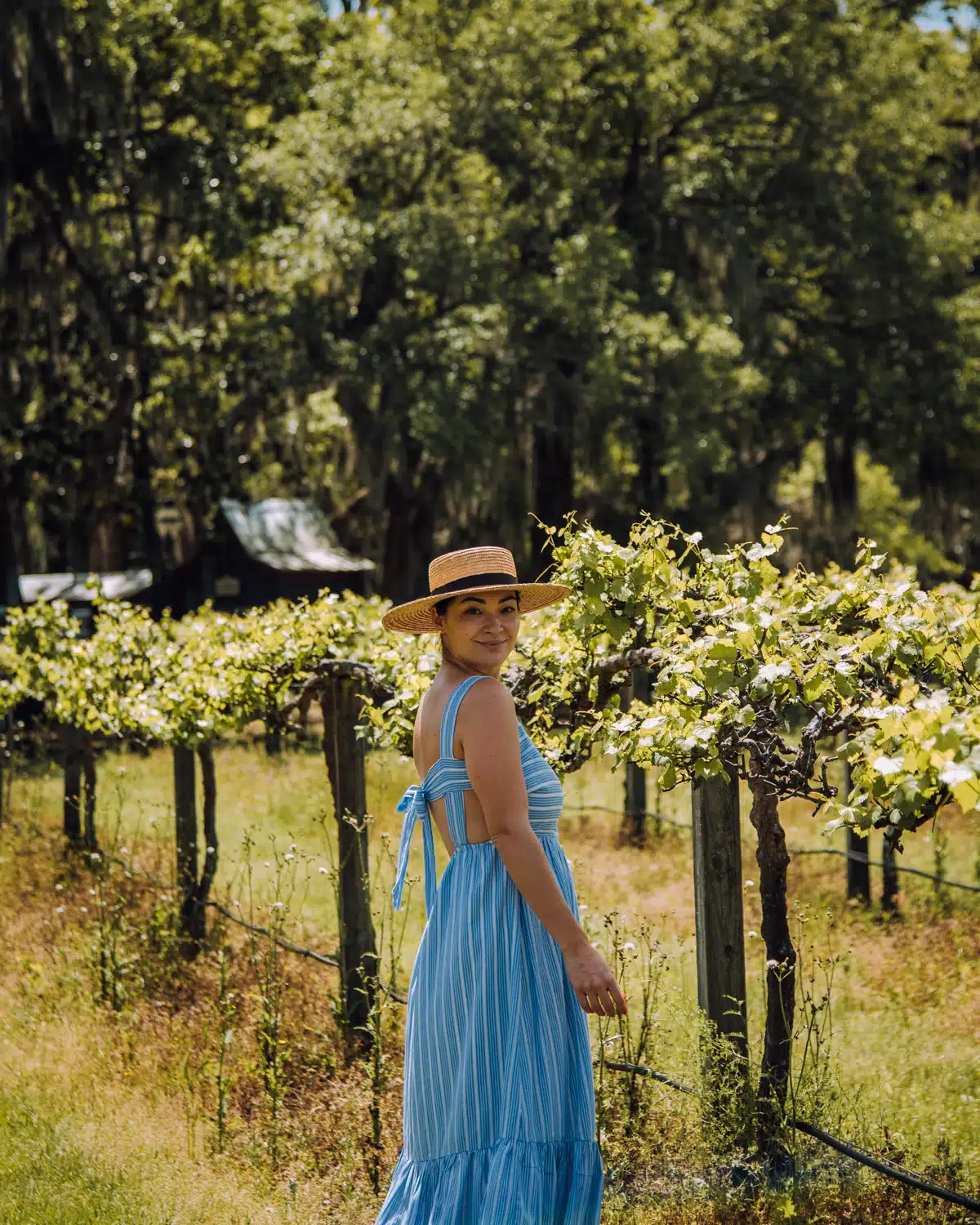
If you have time after your visit, head to Deep Water Vineyard, a gorgeous winery that’s just a 15-minute drive away. You can follow your tea tasting with some wine tasting! And keep an eye out for the miniature cow that lives in the vineyards- she’s a sweetheart!
Hours & Admission Info
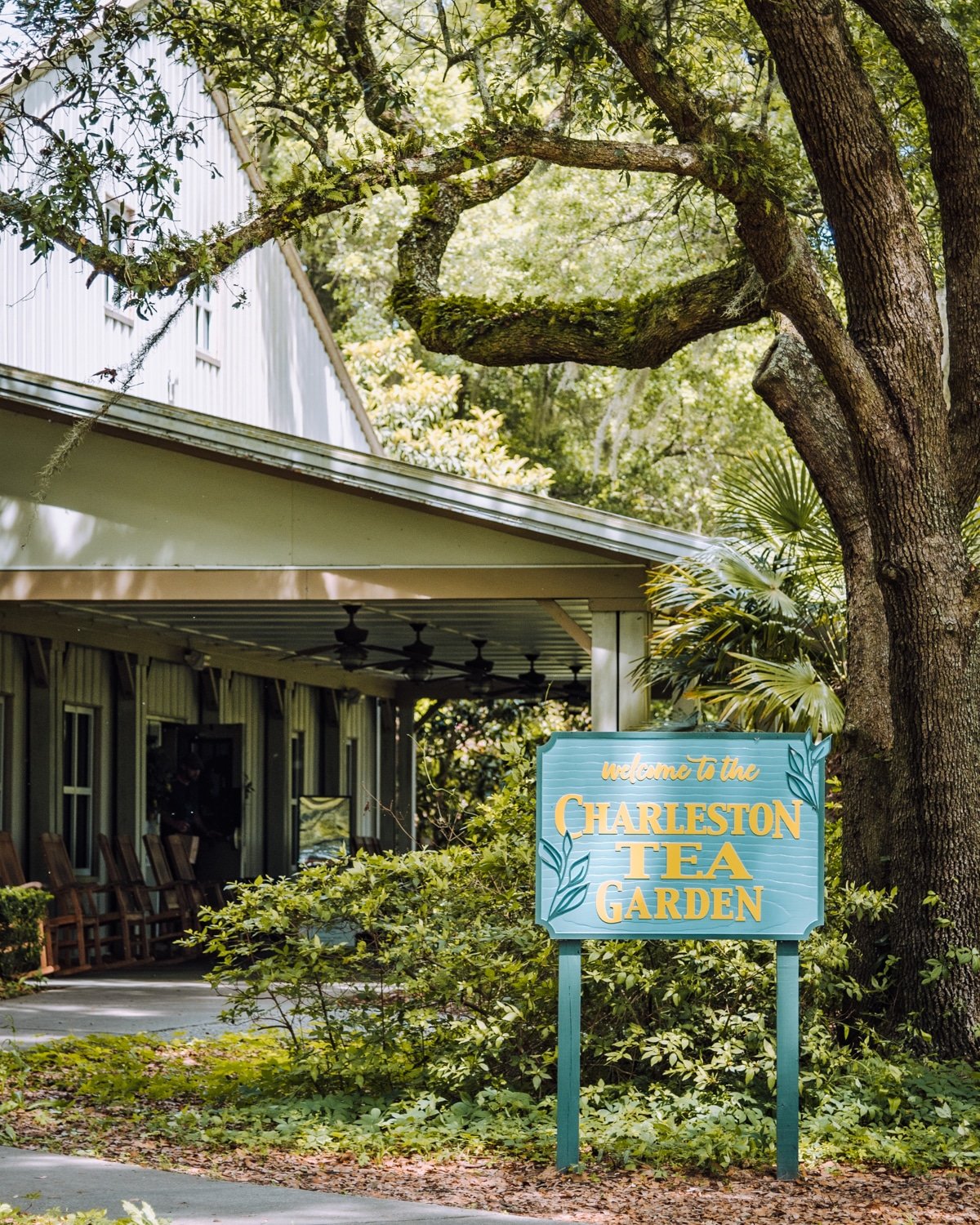
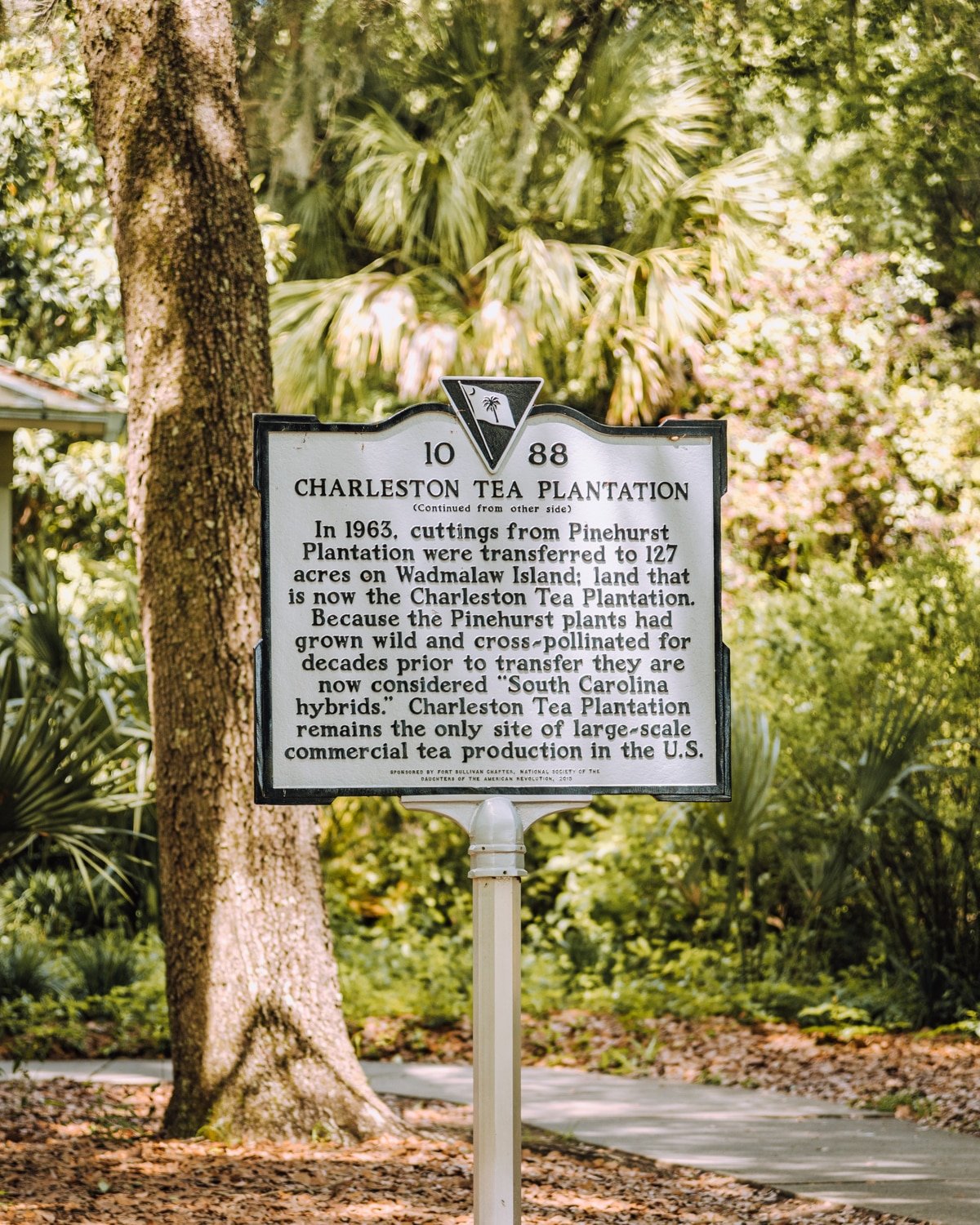
The Charleston Tea Garden is open seven days per week, 10:00 am to 4:00 pm Monday to Saturday and 12 noon to 4:00 pm on Sunday. There is no admission charge, although the tours, such as the Trolley Tour and Factory Tour, cost extra. You can also visit the shop, where you can purchase various teas, including the South’s famous sweet tea.
If you are in Charleston with your dog, they can visit the tea garden. However, they cannot go on the trolley tours or in the gift shop (unless they are guide dogs). Make sure that your dog is on a leash throughout the whole visit.
Best Photo Spots
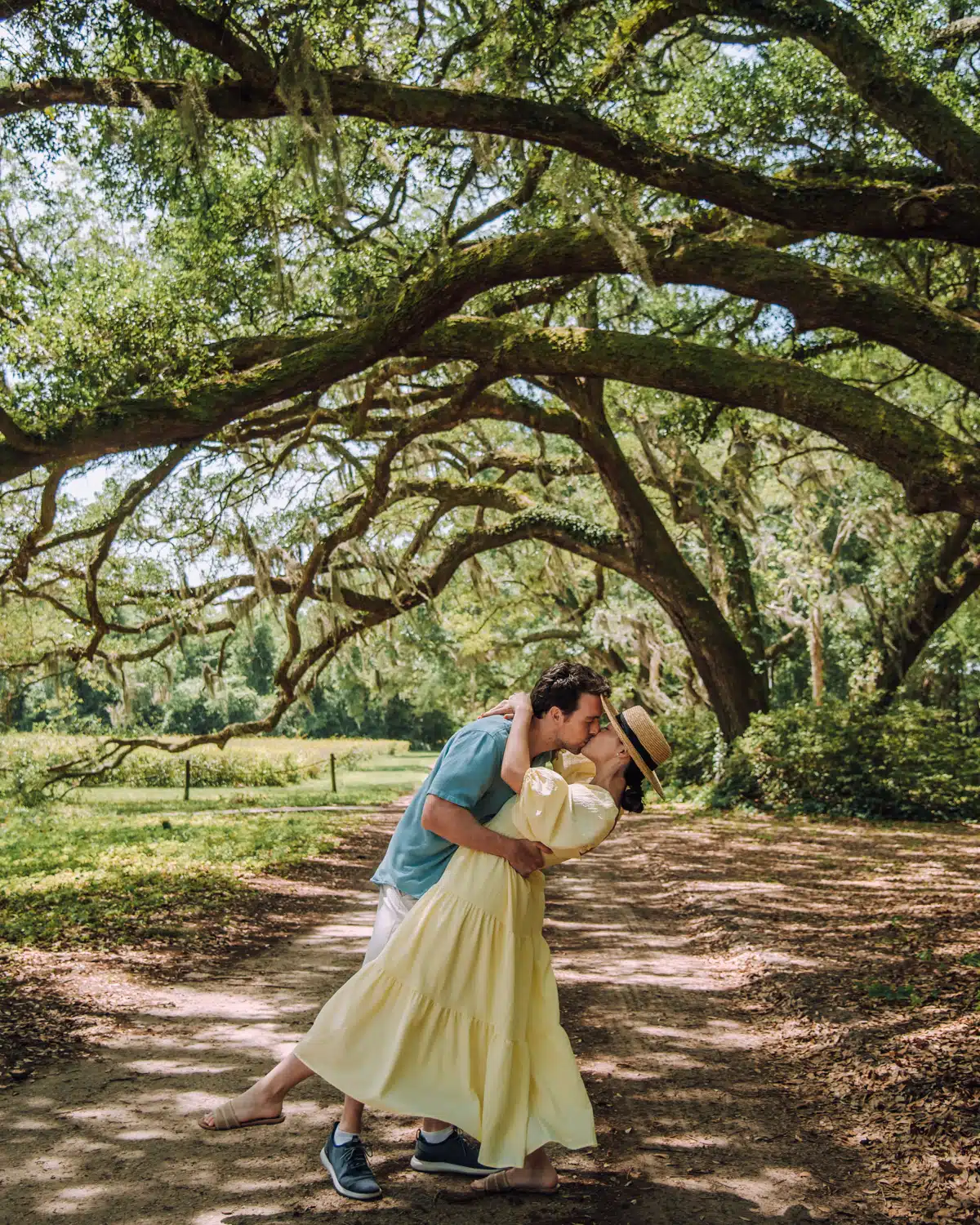
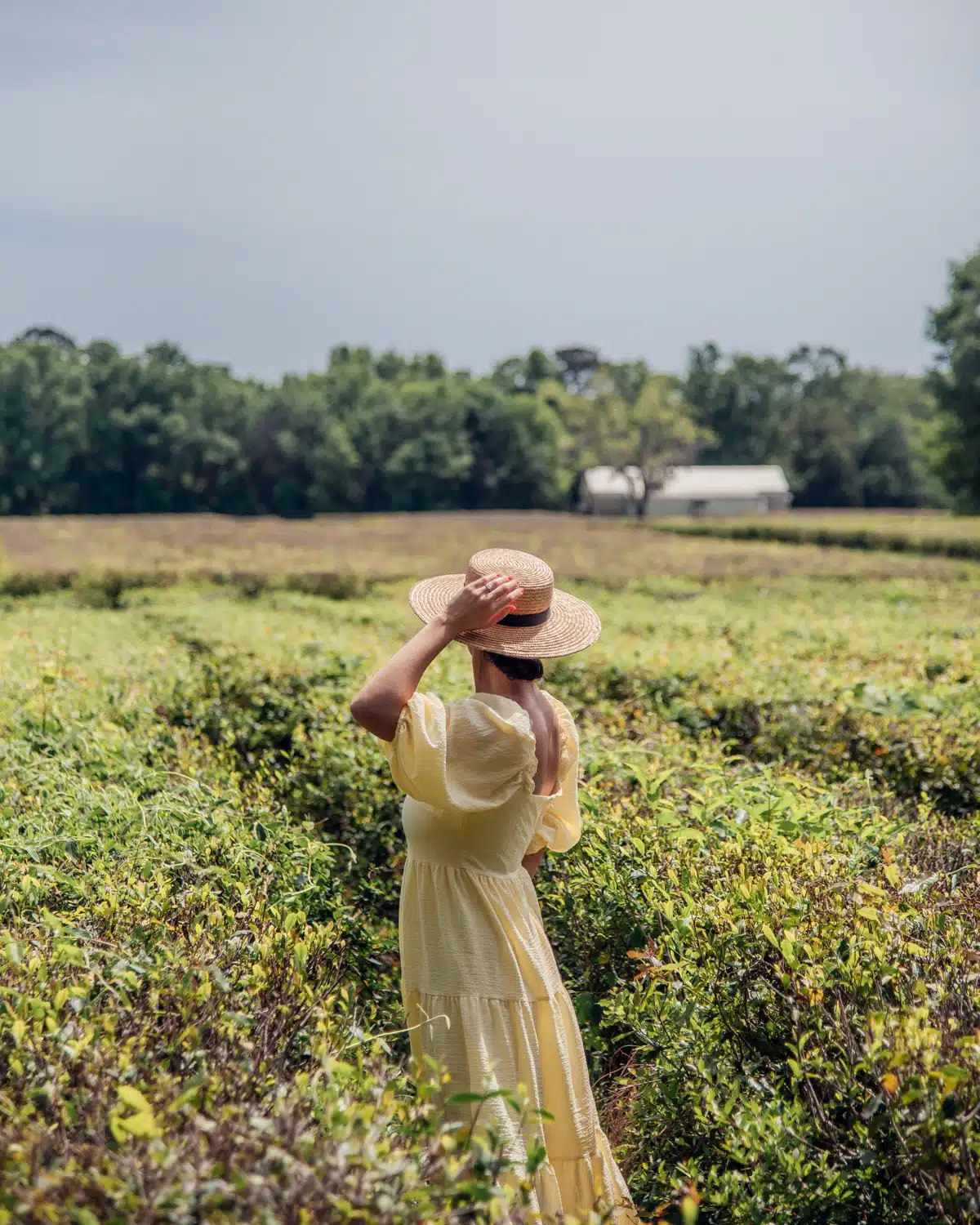
The oak trees and the lush green tea fields make for the best photo spots here, in my opinion. Spring, summer, and fall are the best seasons for photos here. The teas are harvested from May until the beginning of October. Their Camellia Sinensis plants bloom in the fall, making it a great time to visit for photos as well.
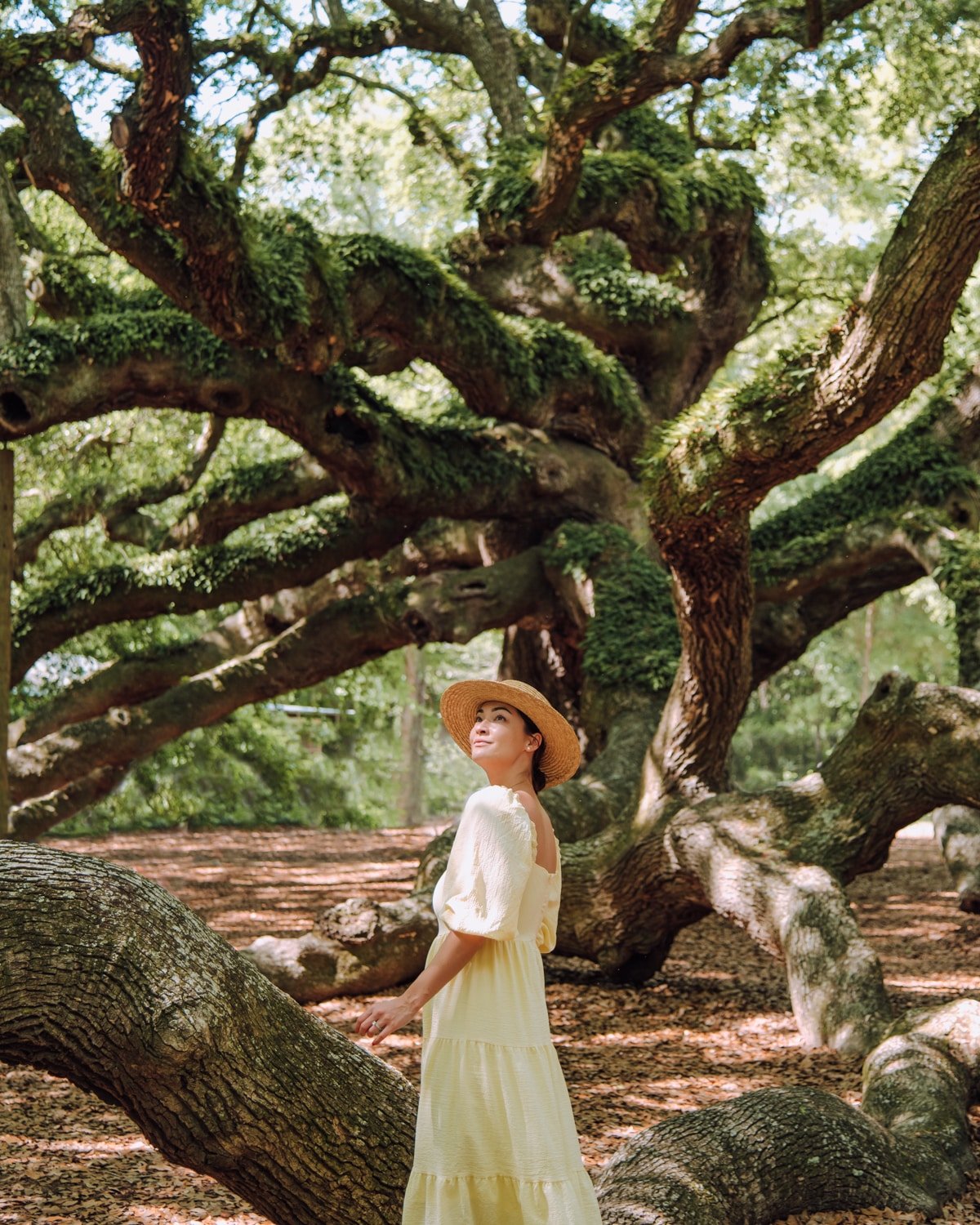
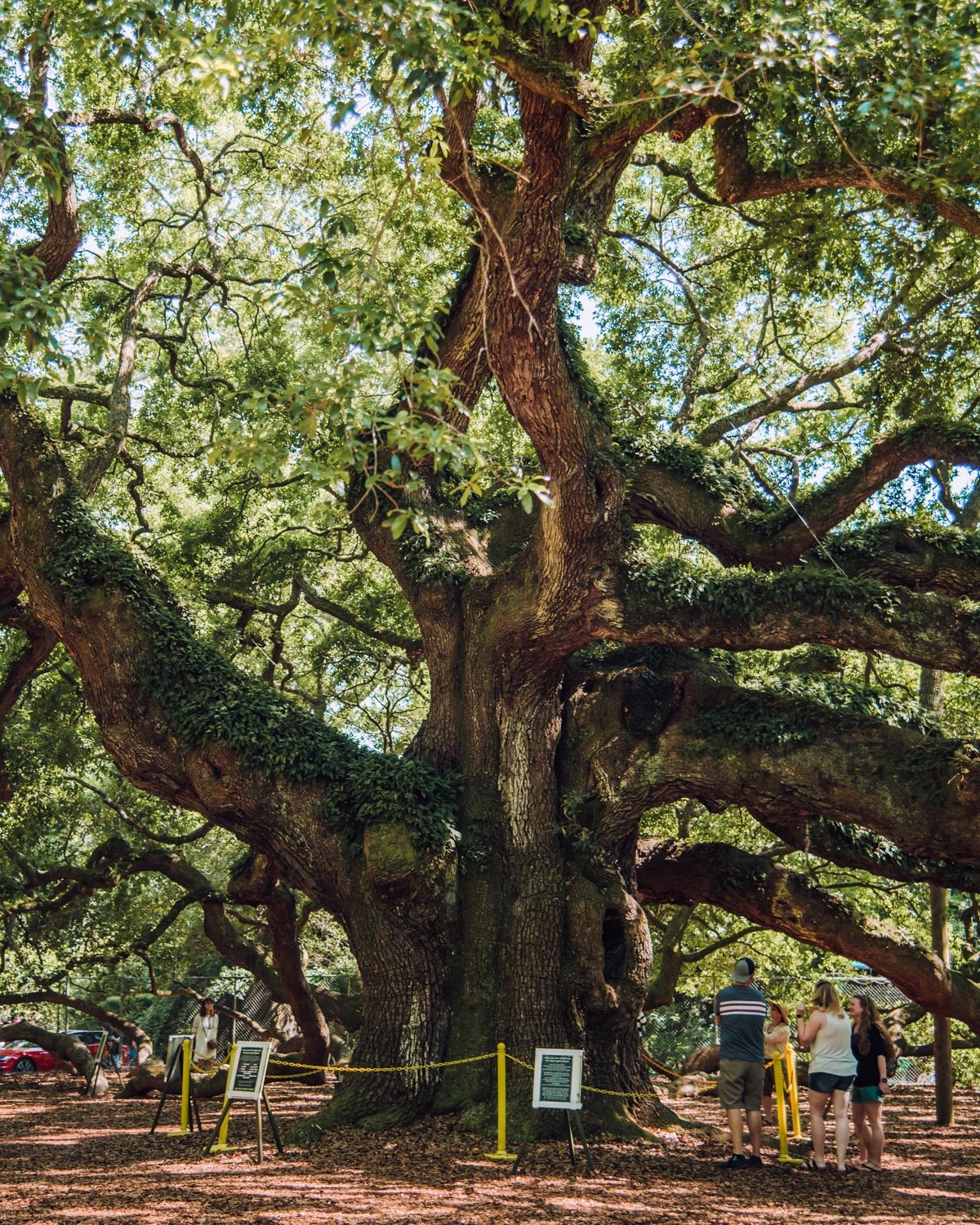
One more thing of note: on your way to or from Charleston, you’ll be right in the area of the famous Angel Oak Tree! It’s supposed to be the largest Live Oak tree east of the Mississippi and it’s located on Johns Island. While it’s free to visit, it’s in a fenced-in park with specific hours, so be sure to keep that in mind.
In regards to photos, there are yellow chains around the main tree trunk, but you can block it if you get creative with your angles!
Map of the Best Plantations in Charleston
As you can see from the map, Drayton Hall, Magnolia Plantation, and Middleton Place are right by each other. If you’re visiting Charleston on a short trip, you can visit all three in one day if needed.
McLeod Plantation Historic Site is closest to downtown Charleston, which makes it the easiest option to visit if you don’t have a rental car and are using Lyft/Uber, etc.
Boone Hall is located on Mount Pleasant, which is close to other Charleston attractions like Sullivan’s Island and Isle of Palms.
And the Charleston Tea Garden is the most isolated; if you plan to get there via rideshare, make sure you’ve prearranged transportation back to Charleston.
In conclusion…
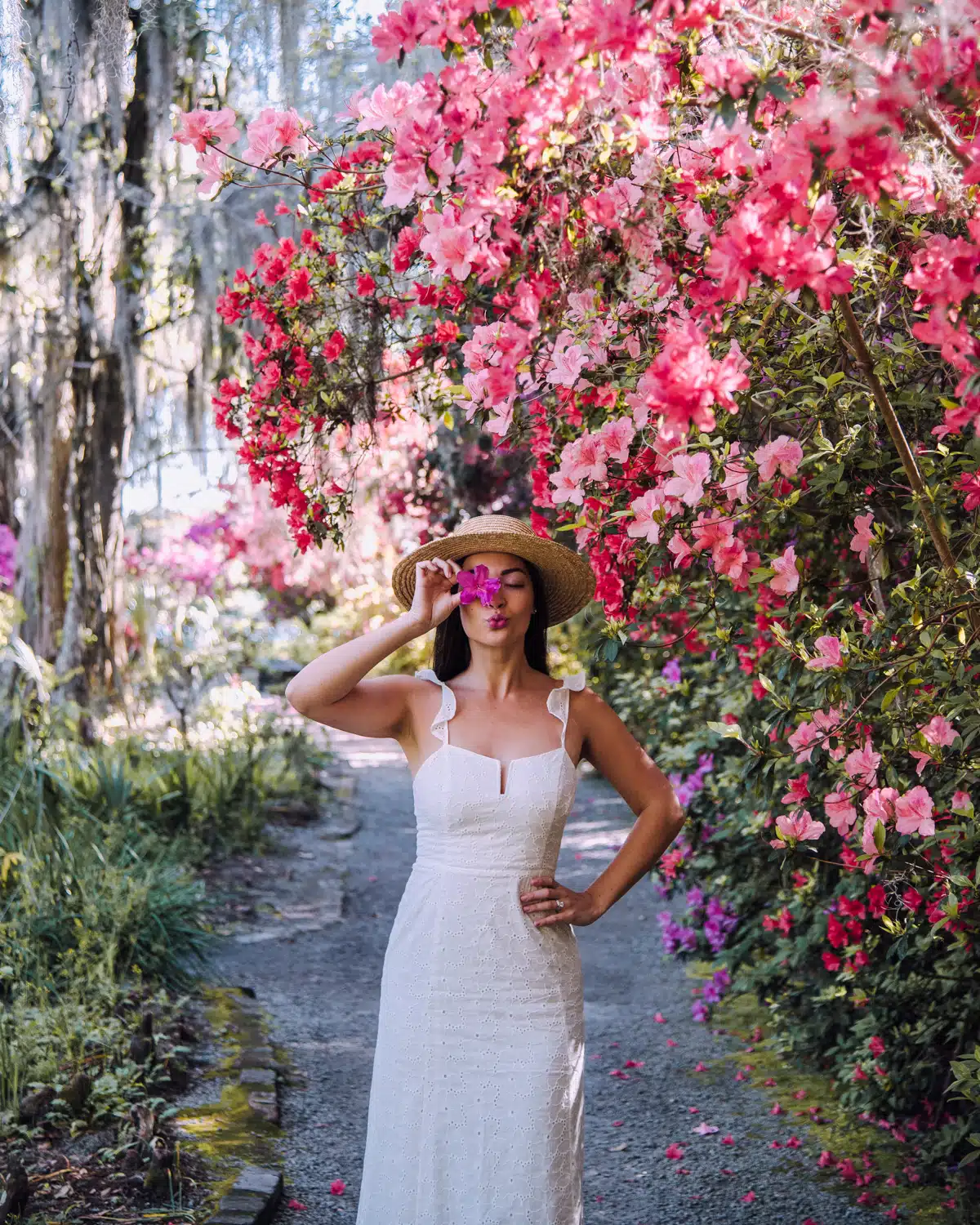
I hope you can see just why these are the best plantations in Charleston!
The combination of how they share history, are surrounded by gorgeous nature, and allow for an escape from the hustle and bustle of the city make these fantastic places to visit. So arrange your Charleston plantation tours today! You’ll be glad you did.
Which plantation are you most excited to visit?
If you can only visit one, I’d say either Magnolia Plantation, Boone Hall, or Drayton Hall would be the best plantation to visit in Charleston.
And if you’re heading to Charleston, check out these posts:
Safe travels!
Jasmine
PS. If you found this post on Charleston plantations helpful, please share it to Pinterest! You can use either image below for easy pinning!
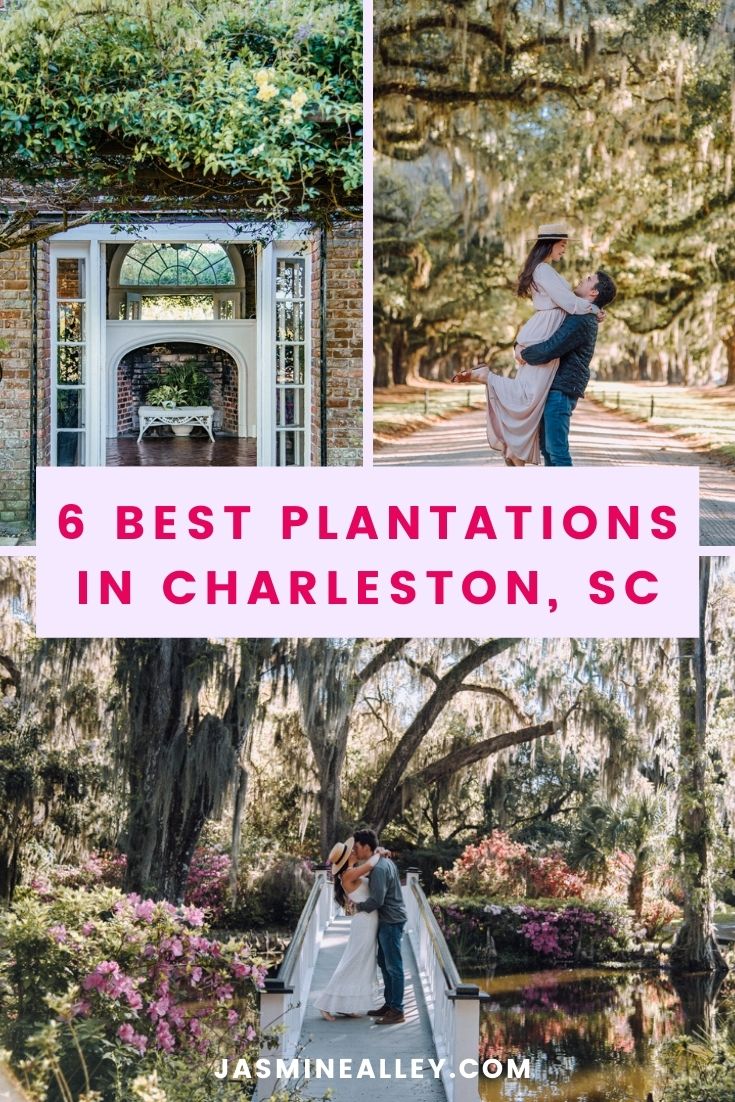
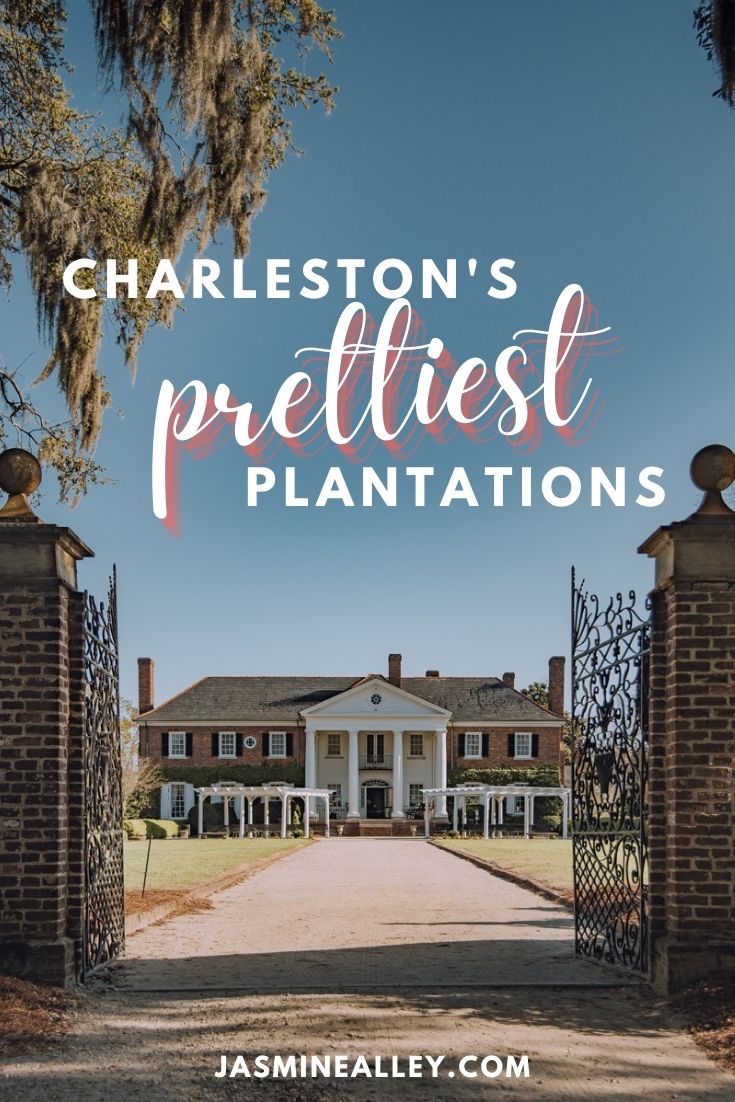



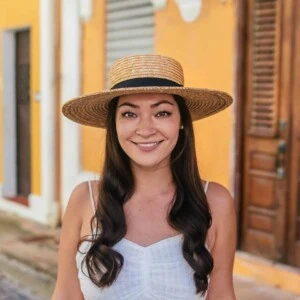



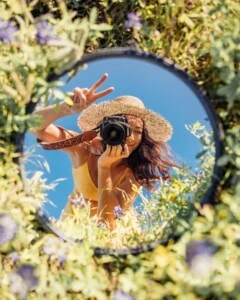
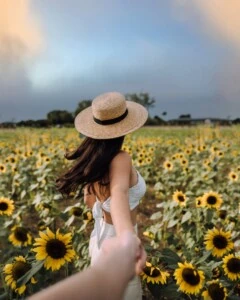

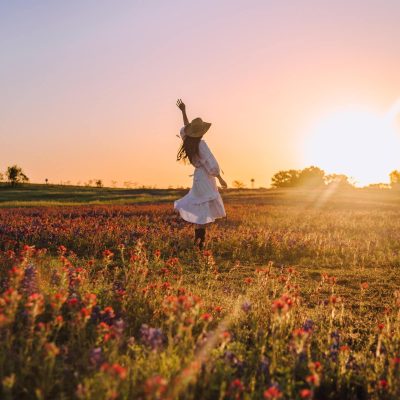
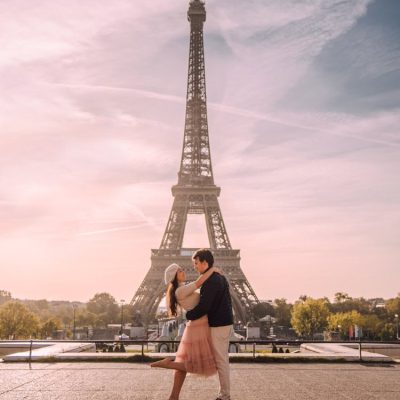

5 Responses
Great article! If I only have time for one or two plantations during my visit to Charleston, which would you recommend? I’m interested in both history and stunning photo ops.
Hi Stacey! If you’re visiting both on the same day, I’d say Magnolia and Middleton since they’re right next to each other. But if you’re going on two different days, I’d do Magnolia one day (it’s my all-time favorite and has the most beautiful scenery!) and Boone Hall the next day (best history in my opinion! Also has the most stunning Live Oak tree entrance). I hope that helps!
It does very much. Thank you!
My husband and I are going to Charleston for 4 days. We decided we would take a quick trip to Charleston. It sounds like Magnolia is a must-see. If we can visit 4 of them. Which would you recommend?
Hi Katie! Magnolia, Middleton, and Drayton Hall are right around each other so you should try to see all three at the same time if you want to save some driving time! Then I think Boone Hall for the fourth! I hope you have a wonderful time!